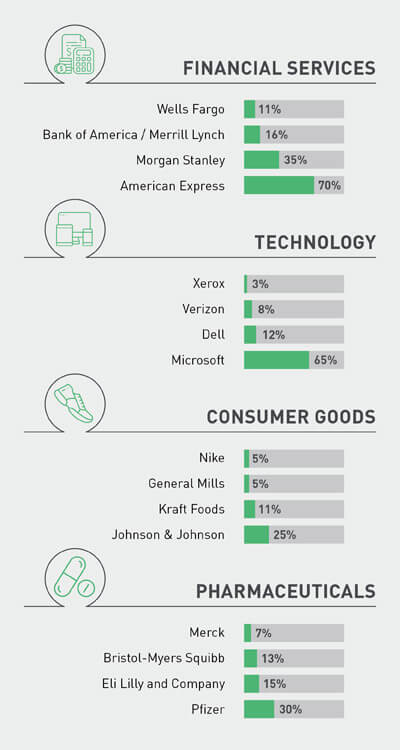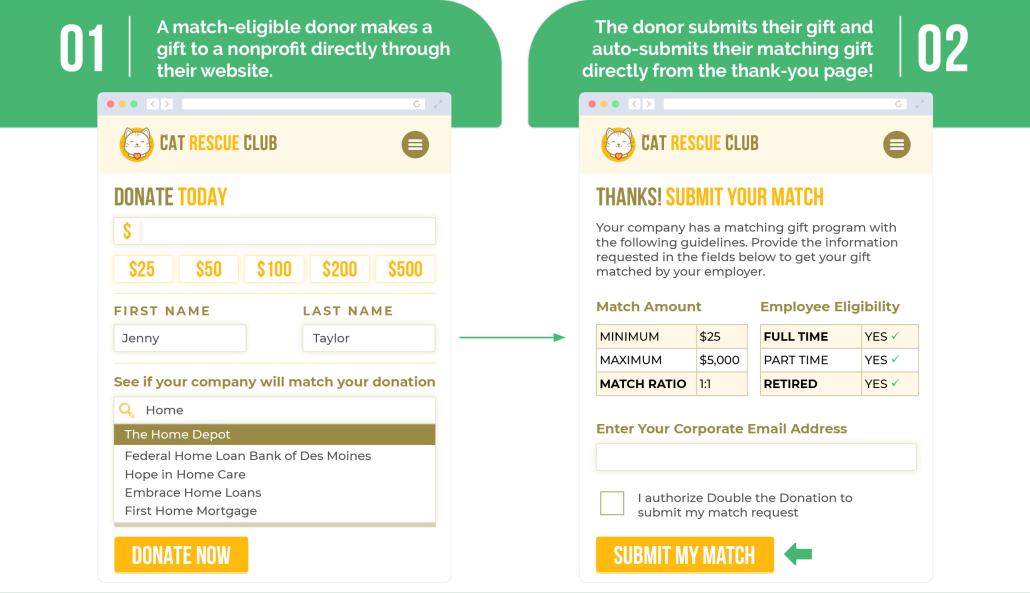Top Corporate Giving Software to Drive Employee Engagement
When it comes to engaging employees in your company’s workplace giving programs, finding tools that promote participation can be challenging. However, it’s well worth the effort since the easier it is for employees to take part in workplace giving, the more likely they are to do so—and the more nonprofits benefit as well.
To help your search, we’ve compiled a list of the top corporate giving software to drive employee engagement, create an organized giving process, help your company promote corporate philanthropy, and fine-tune your corporate giving strategy.
Here are some top popular options:
Use this list to find the best corporate giving software for your company and start boosting employee participation in your workplace giving programs. Plus, we’ll also explore top trends seen in modern corporate giving software platforms and how they impact companies, employees, nonprofits, and donors.
Millie
Overview of This Corporate Giving Software
Millie is one of the top corporate giving platforms, offering features that support corporate matching gifts, volunteer management, campaign management, and more.
Using Millie, your company can create volunteer events, search for volunteer opportunities, match employee donations according to your budget, and build campaigns around an event or cause.
Millie allows your company to create a social impact program that’s easy to use, flexible, and budget-friendly.
Why This Corporate Giving Software Stands Out
Millie enables companies to give charitable dollars—funds specifically marked to be donations—to their employees and customers. Recognize outstanding employees and develop deeper relationships with customers and prospects by sending charitable gift cards that can be donated to nonprofit organizations.
Offers Matching Gift Auto-Submission?
Yes! This corporate giving software can be integrated with Double the Donation, the industry’s leading matching gift tool with auto-submission functionality. Employees of companies that use Millie will be prompted to enter their corporate email addresses from the nonprofit gift confirmation page to automatically submit their matching gift requests, making it easier than ever for team members to participate in employee giving.
Pricing
Millie charges monthly fees based on the number of employees you have.
POINT
Overview of This Corporate Giving Software
POINT is a collaborative volunteer platform that provides local nonprofit leaders with the tech tools they need for free, while companies can use the platform to engage employees and boost their CSR programs.
Using the POINT app, companies can manage volunteerism, giving, and partnerships all in one platform that’s easy for employees to use.
When local nonprofits post volunteer opportunities, your company can easily reserve spots for team members or send the information to employees for them to sign up themselves. You can also easily send gifts through a donation tool, strengthen nonprofit partnerships, and leverage automatic reporting.
Why This Corporate Giving Software Stands Out
When a company buys a subscription to POINT, a registered 501(c)(3) organization gets access to POINT’s platform for free. This allows nonprofits to easily find and manage volunteers, saving them time so they can focus their efforts elsewhere.
Offers Matching Gift Auto-Submission?
Yes! POINT integrates with Double the Donation to enable auto-submission functionality. Corporate employees using POINT can enter their email addresses. Then, they’ll receive a list of organizations associated with their app profile which they can submit their match request to. From there, the request is processed automatically!
Pricing
Pricing for POINT depends on the number of employees in your company. Visit their website to book a demo.
Selflessly
Overview of This Corporate Giving Software,
Selflessly is an all-in-one giving platform for corporate social responsibility designed to empower small and medium-sized businesses’ corporate philanthropy efforts.
This tool offers a range of solutions, including workplace giving, volunteering, gift matching, and reporting.
With Selflessly’s corporate giving software solution, businesses can better engage employees, improve their image with consumers, and support the philanthropic efforts they care about.
Why This Corporate Giving Software Stands Out
Corporate gift matching is a key component of many companies’ giving efforts, making Selflessly’s donation matching tools one of its greatest assets. Plus, their partnership with Double the Donation’s 360MatchPro allows Selflessly to streamline the giving process for businesses and their employees continually!
Offers Matching Gift Auto-Submission?
Yes! Selflessly features innovative auto-submission technology made available through a seamless integration with 360MatchPro. All employees have to do is provide their corporate email address on the nonprofit’s donation confirmation screen, and the rest of the process will be completed automatically.
Pricing
Selflessly’s dedicated team works with each customer to make sure pricing fits their needs. Visit their website to request a demo or custom pricing.
America’s Charities
Overview of This Corporate Giving Software
America’s Charities offers a variety of CSR tools for companies looking to grow their philanthropy programs.
Companies can choose from several software options, including three workplace giving technology solutions, special funds management (like employee assistance funds and disaster relief), and standalone services like charitable funds management and payment processing.
One of the most popular solutions, America’s Charities Engage, is an end-to-end giving and CSR solution that lets businesses manage grantmaking, donation matching, workplace giving, employee engagement, and volunteers.
Why This Corporate Giving Software Stands Out
One size does not fit all, which is why America’s Charities offers a broad range of workplace giving-related services and software solutions. They have also had 40 years of experience in this field and have raised more than a half-billion dollars for tens of thousands of charities through various workplace giving programs.
Offers Matching Gift Auto-Submission?
No, this platform does not yet offer matching gift auto-submission functionality.
Pricing
Contact America’s Charities for specific pricing information and to request a demo.
Benevity
Overview of This Corporate Giving Software
Benevity is one of the leading providers of corporate giving software, offering companies employee engagement tools.
Benevity’s platform helps companies find volunteer opportunities, set up and run volunteer grant programs, manage matching gifts, enable payroll donations, and more.
Using Benevity, your company can create a purpose-driven culture for employees, engage employees in current issues, and make participating in your social good programs easy with a mobile app.
Why This Corporate Giving Software Stands Out
Benevity automates every part of your employee engagement program. This provider also offers integrations with Workday, VolunteerMatch, and Okta to provide employees with better, more convenient access.
Through the Benevity Causes portal, nonprofits gain access to corporate and individual donors and volunteers, leading to even more support from companies.
Offers Matching Gift Auto-Submission?
No, this platform does not yet offer matching gift auto-submission functionality.
Pricing
Contact Benevity to learn more about their services and pricing.
Bright Funds
Overview of This Corporate Giving Software
Bright Funds is a leading provider of corporate giving software as a service for workplace giving,
volunteering, and grants management.
With a personalized, intuitive experience, Bright Funds makes it easy for your employees to do good.
Companies can set up their Bright Funds’s platform in less than a day with all the features they need to get their CSR program going. That includes matching gifts, volunteer events, custom campaigns, real-time reporting, and more. The fund model allows companies to create funds for disbursement to one or more nonprofits for maximum flexibility.
Why This Corporate Giving Software Stands Out
With nearly a decade of experience, Bright Funds helps companies of all sizes multiply their impact through a comprehensive CSR platform. In addition to a seamless user experience, the platform supports global giving and helps companies save time with simple program administration, employee engagement tools, and managed donations disbursement.
Bright Funds’ integrations with other popular workplace management systems such as ADP, Okta, Workday, Zenefits, and VolunteerMatch provide a better experience while simplifying implementation.
Plus, the Bright Network is a free portal for nonprofits, allowing them to optimize workplace fundraising with digital tools such as electronic payments and donor reports.
Offers Matching Gift Auto-Submission?
No, this platform does not yet offer matching gift auto-submission functionality.
Pricing
Bright Funds supports companies of all sizes. Fees start at $2 per month per employee for companies under 300 employees and scale based on employee count. Contact Bright Funds for more details and register for a free 30-day trial.
CyberGrants
Overview of This Corporate Giving Software
CyberGrants, soon to be Bonterra, is another top corporate giving software solution that offers fully integrated tools for grants management, employee giving, volunteerism, disbursement, disaster relief, and more.
Using CyberGrants, you can create several innovative CSR programs from matching gifts and political action campaigns to charitable spending accounts.
Their real-time reporting, automated payroll, and rules-based approvals make it easy for companies to roll out social good programs and manage them efficiently.
Why This Corporate Giving Software Stands Out
CyberGrants specializes in two areas: employee giving and grants management. That means if you’re looking for an all-in-one solution for managing grant applications, disbursements, matching gifts, employee donations, and volunteer programs, CyberGrants is a great option.
Offers Matching Gift Auto-Submission?
No, this platform does not yet offer matching gift auto-submission functionality.
Pricing
Contact CyberGrants for a demo and to learn more about pricing.
SmartSimple
Overview of This Corporate Giving Software
SmartSimple is a robust corporate giving solution that offers grant management, employee giving, matching gifts, volunteer management, volunteer grants, and more.
Using SmartSimple’s tools, you can streamline every step of your workplace giving programs, manage volunteering, administer your matching gift programs, and focus on in-kind giving.
Beyond their many corporate giving tools, SmartSimple offers detailed reports, dashboards, and maps using real-time data.
Why This Corporate Giving Software Stands Out
Beyond its many robust corporate giving solutions, SmartSimple also offers a goals-tracking feature, which allows companies to track goals for each CSR and giving initiative. Define and measure your goals for all of your efforts. Then, share them with the rest of your company and its stakeholders to showcase your philanthropic impact.
Offers Matching Gift Auto-Submission?
No, this platform does not yet offer matching gift auto-submission functionality.
Pricing
Visit SmartSimple’s website for pricing information and to request a demo.
YourCause
Overview of This Corporate Giving Software
YourCause is a top corporate giving software solution for managing workplace giving, employee volunteering, grants, and more.
Boost participation and employee engagement using their CSRconnect solution, which allows companies to manage disaster relief, seasonal campaigns, year-round matching, peer-to-peer fundraising, and volunteer events.
In addition to tracking donations and hours, YourCause provides robust reporting features that allow teams to track data and recognize outstanding employee participants.
Why This Corporate Giving Software Stands Out
YourCause offers a free portal that allows verified nonprofit organizations to create and manage volunteer events, access donor information, and engage with companies and their employees. In turn, this can help your company form stronger relationships with nonprofits.
Offers Matching Gift Auto-Submission?
No, this platform does not yet offer matching gift auto-submission functionality.
Pricing
Contact YourCause to request a demo and get more information about pricing.
Corporate Giving Software Trends | What We’re Seeing
Corporate giving software has become increasingly important in powering companies’ giving programs. In recent years, it’s evolved and come a long way in terms of user experience, accessibility, and functionality. And we’re still seeing and expecting big shifts as innovation continues.
Let’s walk through a few key trends that pertain to corporate giving software and how they impact the industry.
Increasing ease of use for companies, employees, and more
As corporate giving technology continues to develop, both the corporations and the nonprofit organizations they support can benefit exponentially. Meanwhile, continuously updated platforms make staying current with the latest advances in technology even easier.
Recently, corporate giving software providers have focused on elevating the user experience for the backend users (i.e., the companies purchasing the tools) as well as the front-end users (i.e., corporate employees) to optimize program participation.
More programs and tools catering to small and mid-size businesses
Corporate giving has historically been primarily exclusive to the largest corporations. There are many reasons for this. Most prominently, the technology infrastructure used to manage CSR programs was designed with Fortune 500 and other mega companies in mind.
Now, however, more and more providers are prioritizing tools that are both accessible and affordable for smaller and mid-level companies as well. In turn, corporate giving participation has opened up to businesses of all shapes and sizes, enabling more employers to take part with ease.
Additional Corporate Giving Resources
If you’re looking to learn more about corporate giving, employee engagement, or the tools that can help you expand your CSR program, check out these resources below!
- From Disengaged to Inspired: A Guide to Employee Engagement. In this article, we break down the basics of employee engagement, how they benefit your company, and what you can do to roll out a successful employee engagement program.
- Increase Employee Engagement with Corporate Giving. Corporate giving is a surefire way to improve employee engagement. Learn how to discuss corporate giving with employees and launch a new workplace giving program.
- Matching Gift Software Vendors: The Comprehensive List. Matching gift software matters for both companies and nonprofits. Nonprofits need platforms to facilitate the initial process, while companies should be mindful of CSR tools that integrate with matching gift software, making the match request process easier for employees.


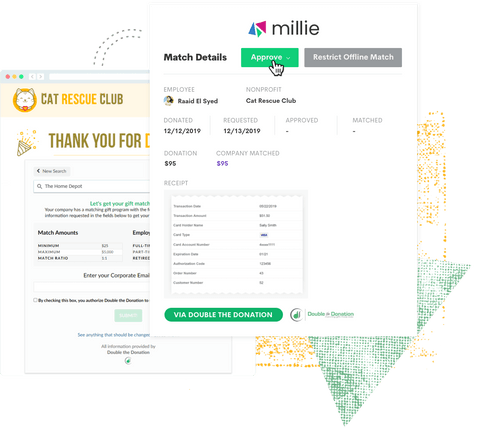
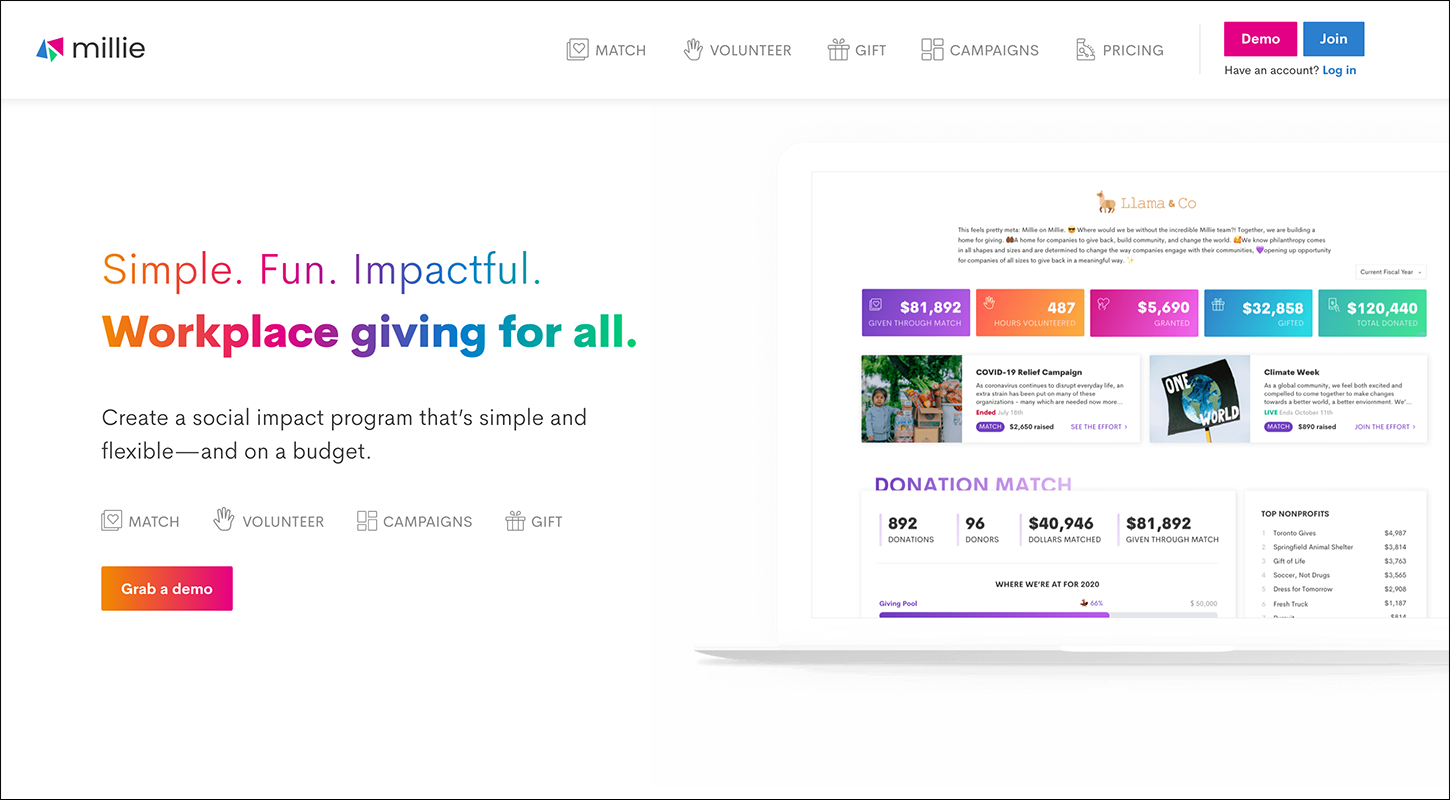
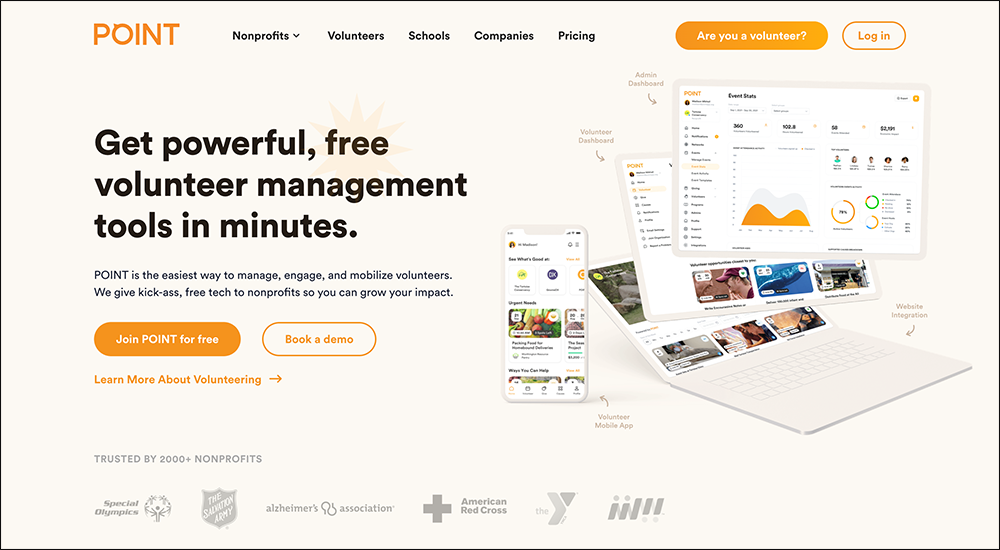
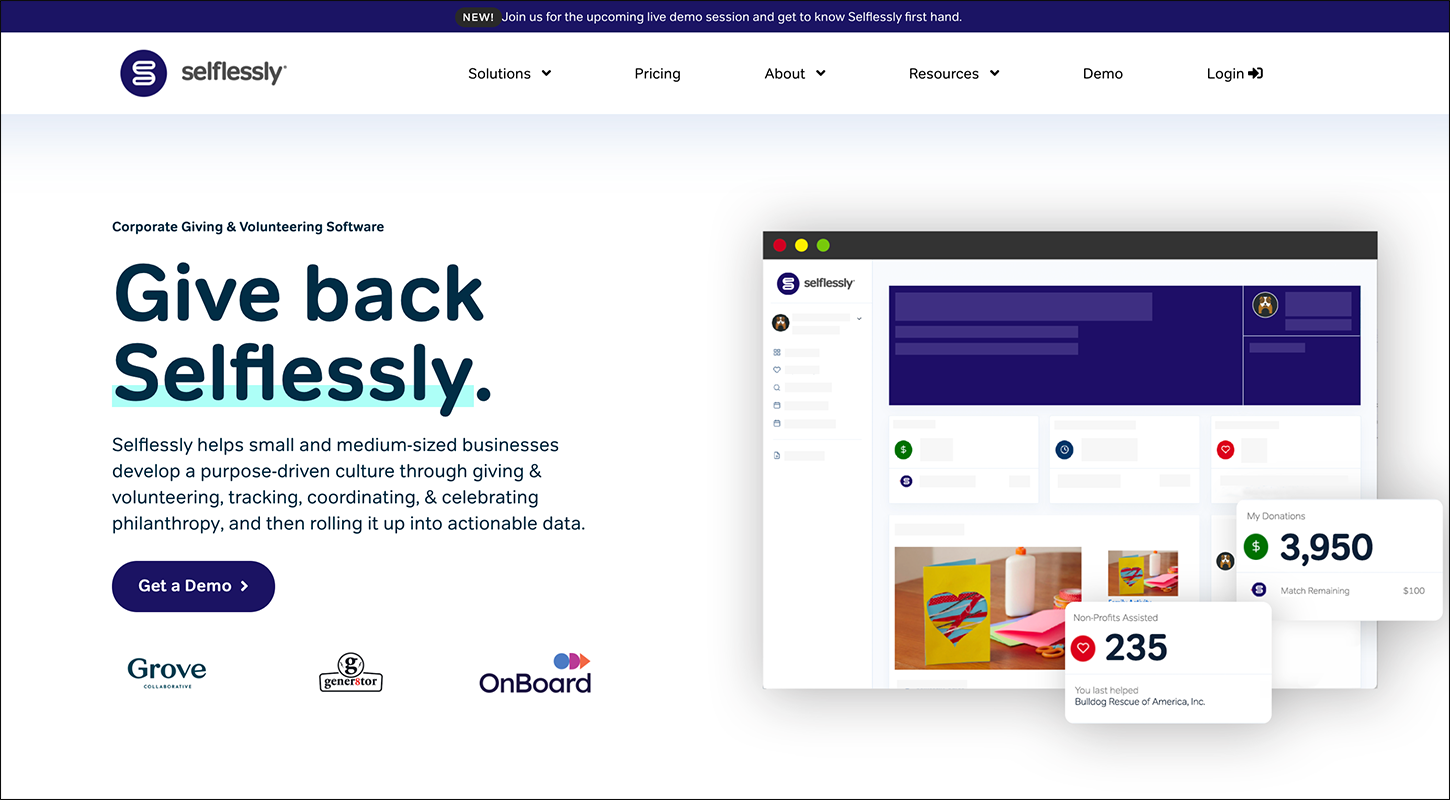
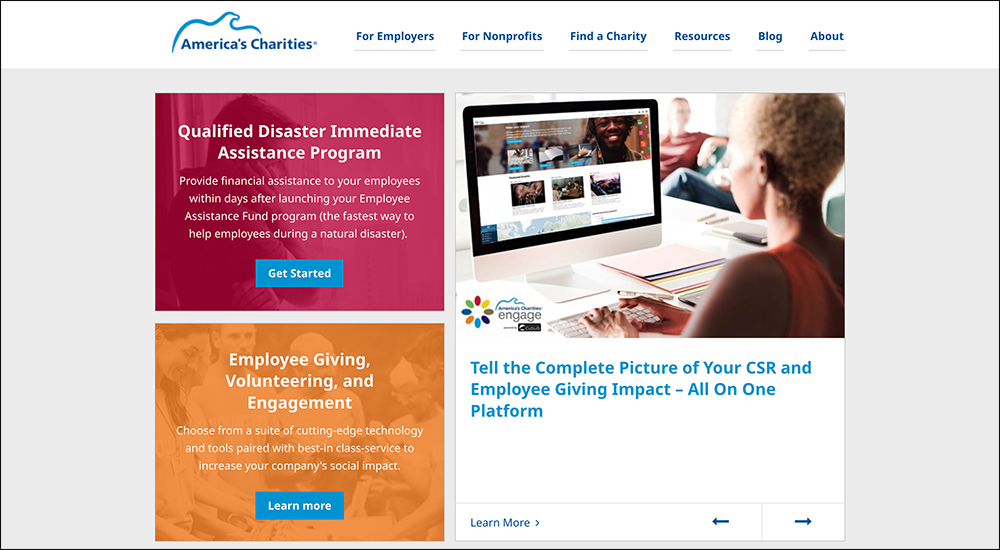
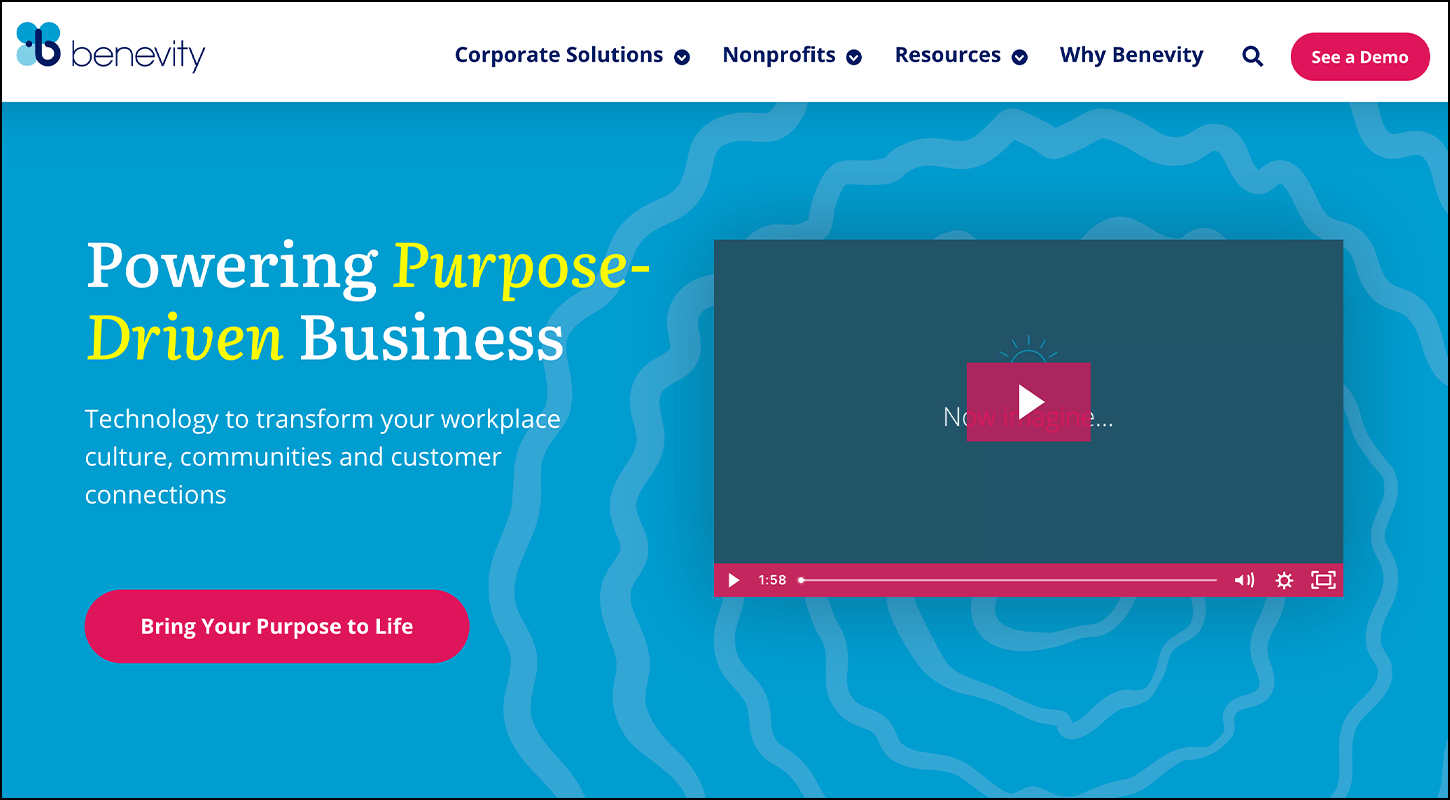
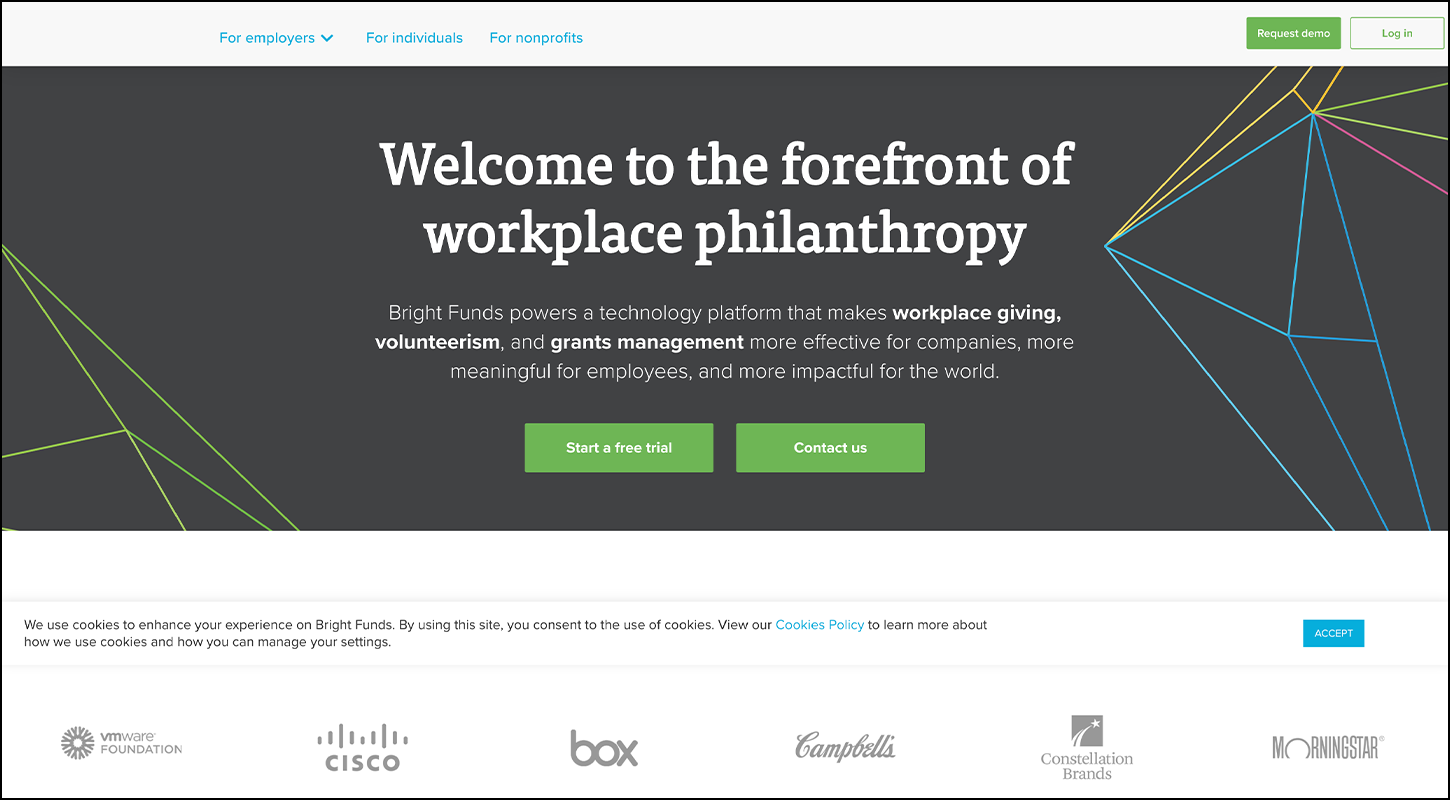
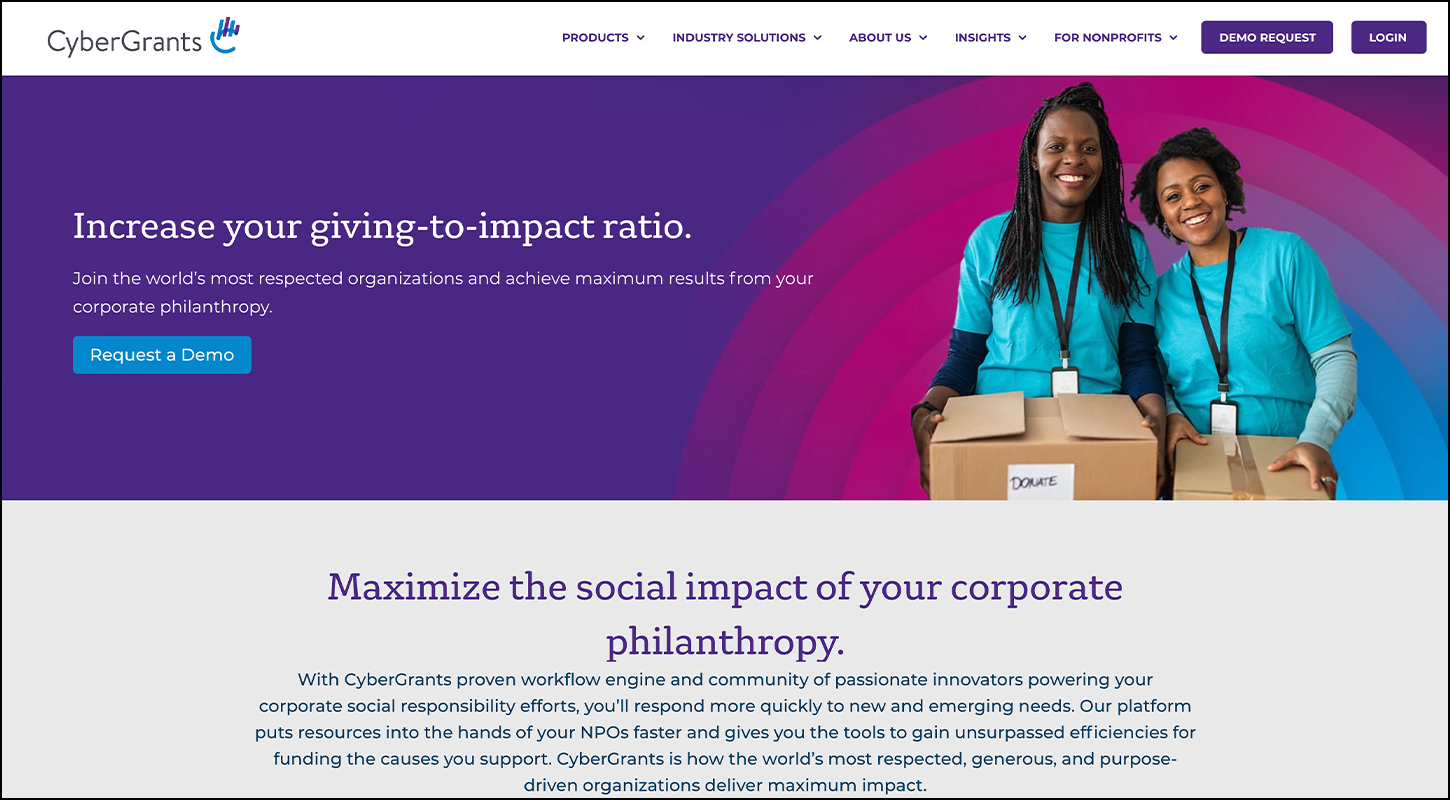
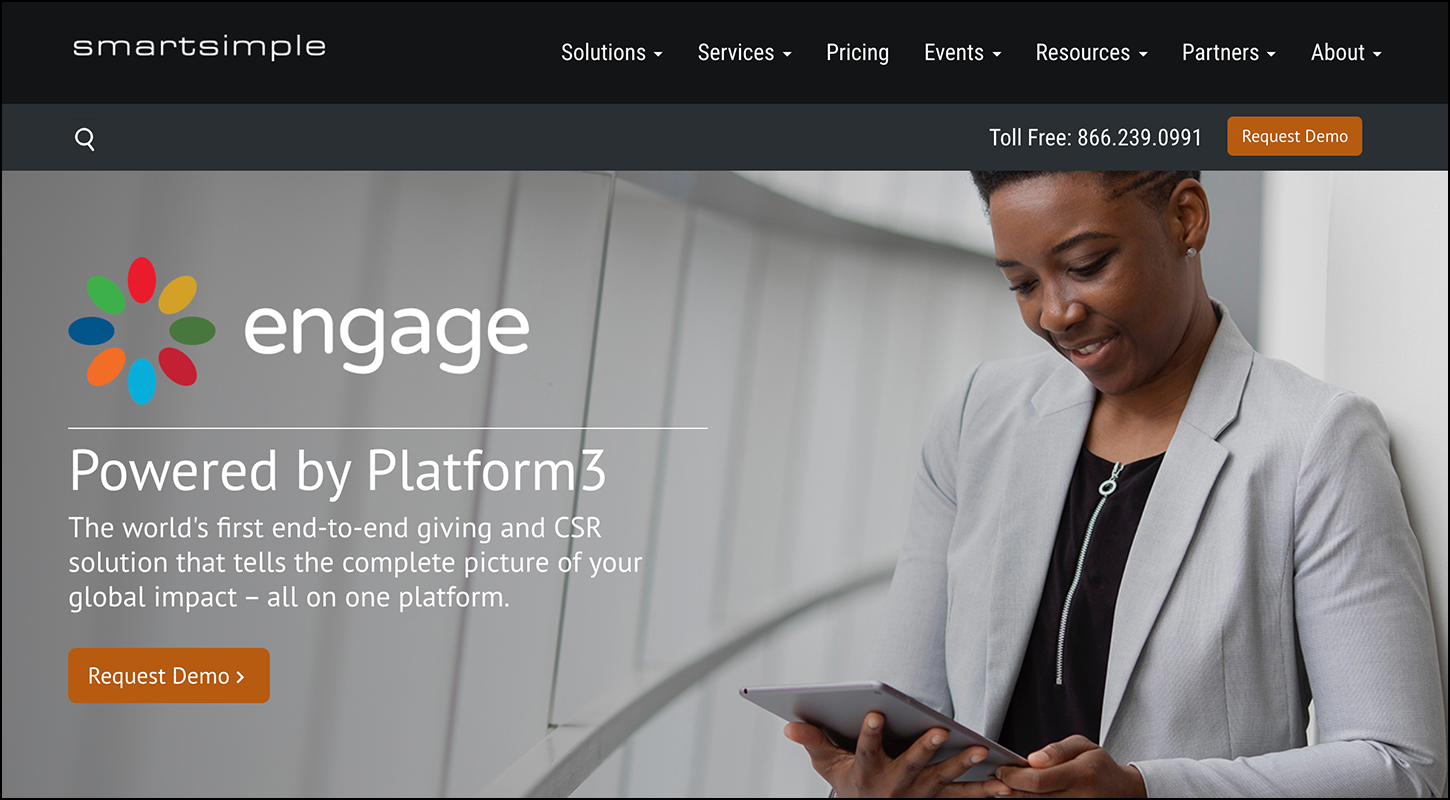
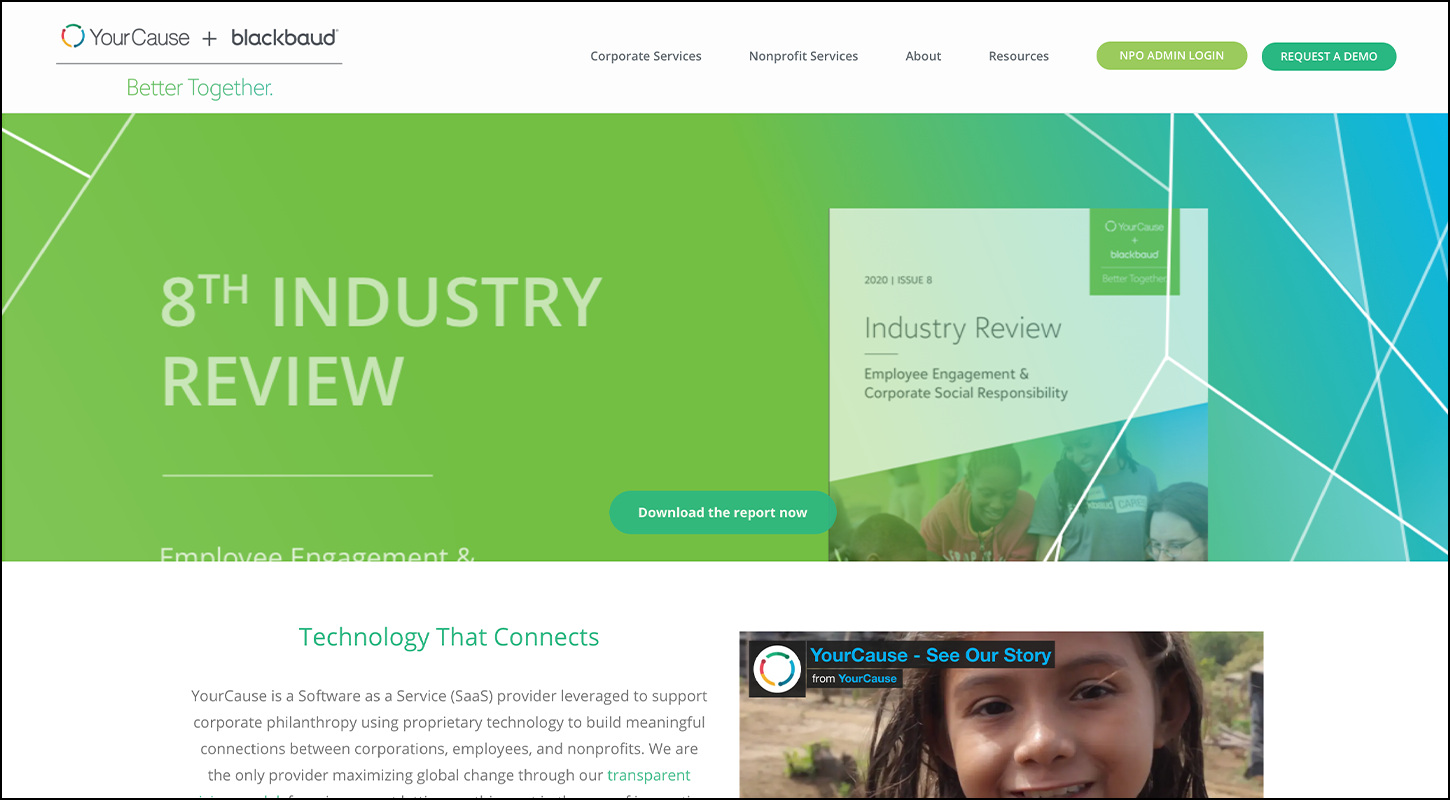


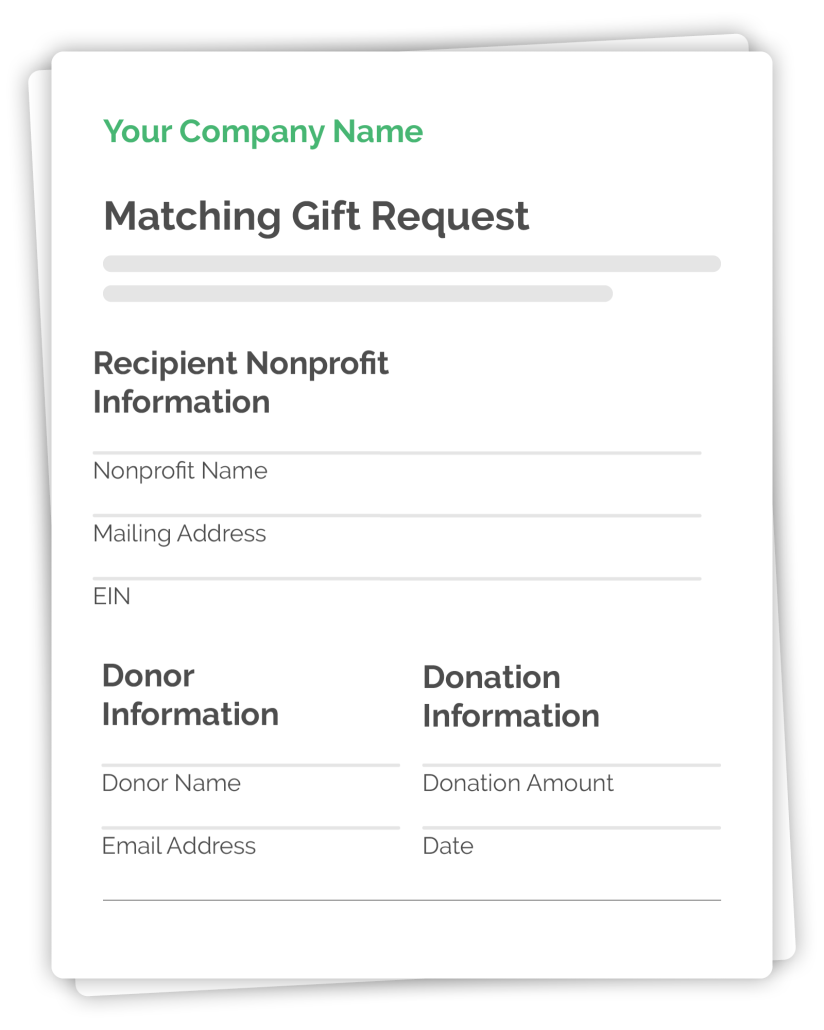


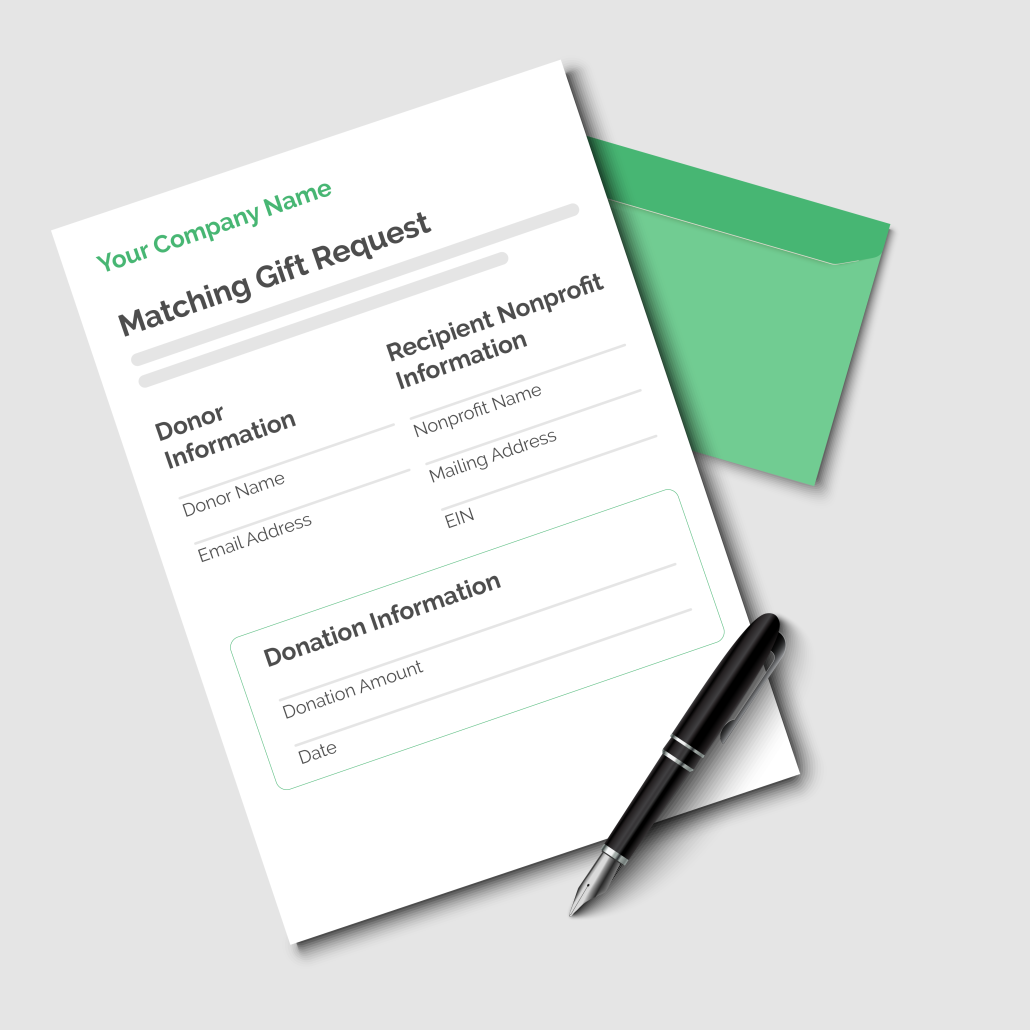

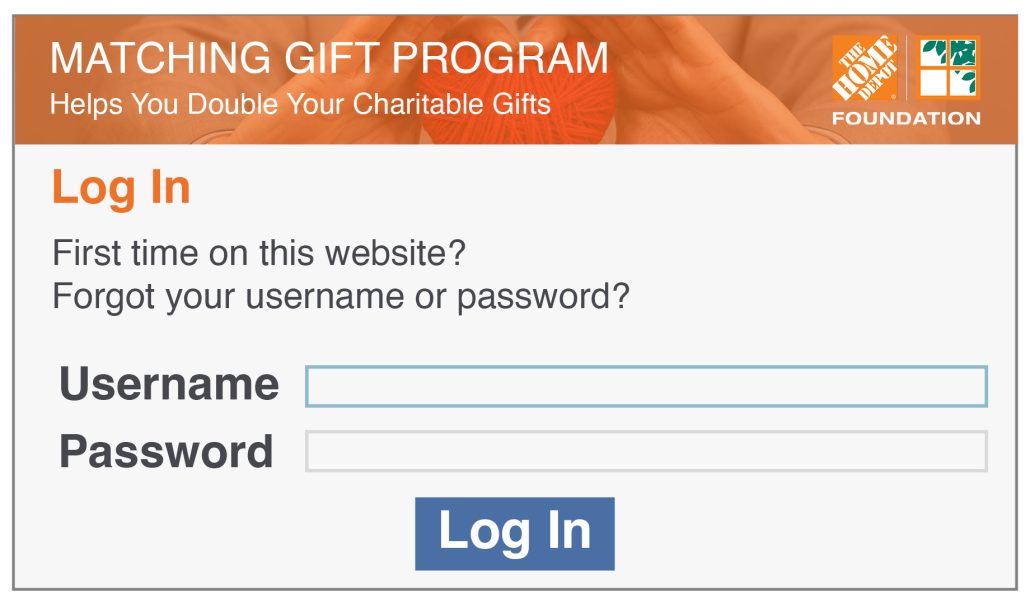
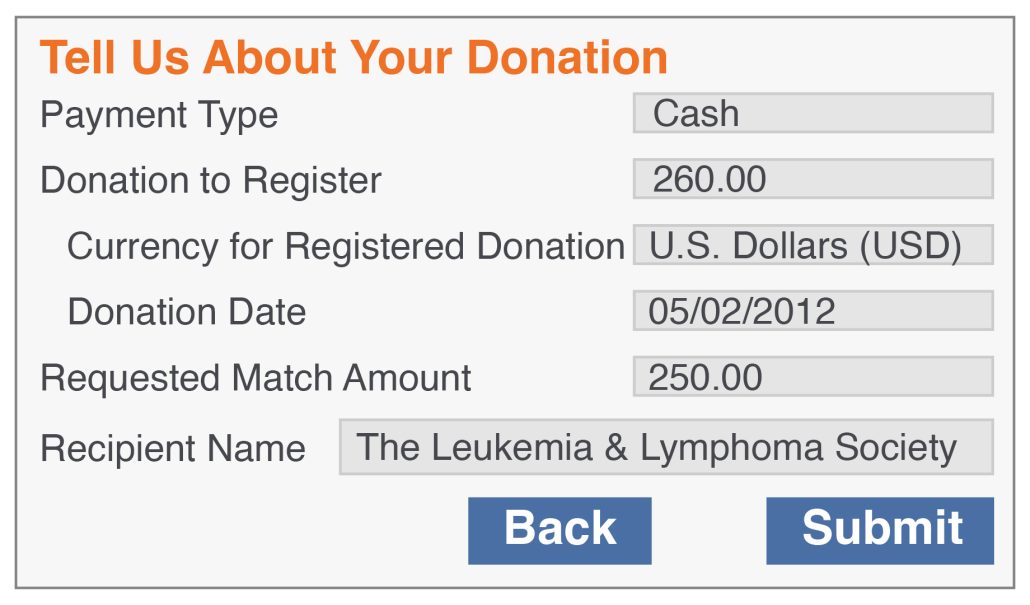

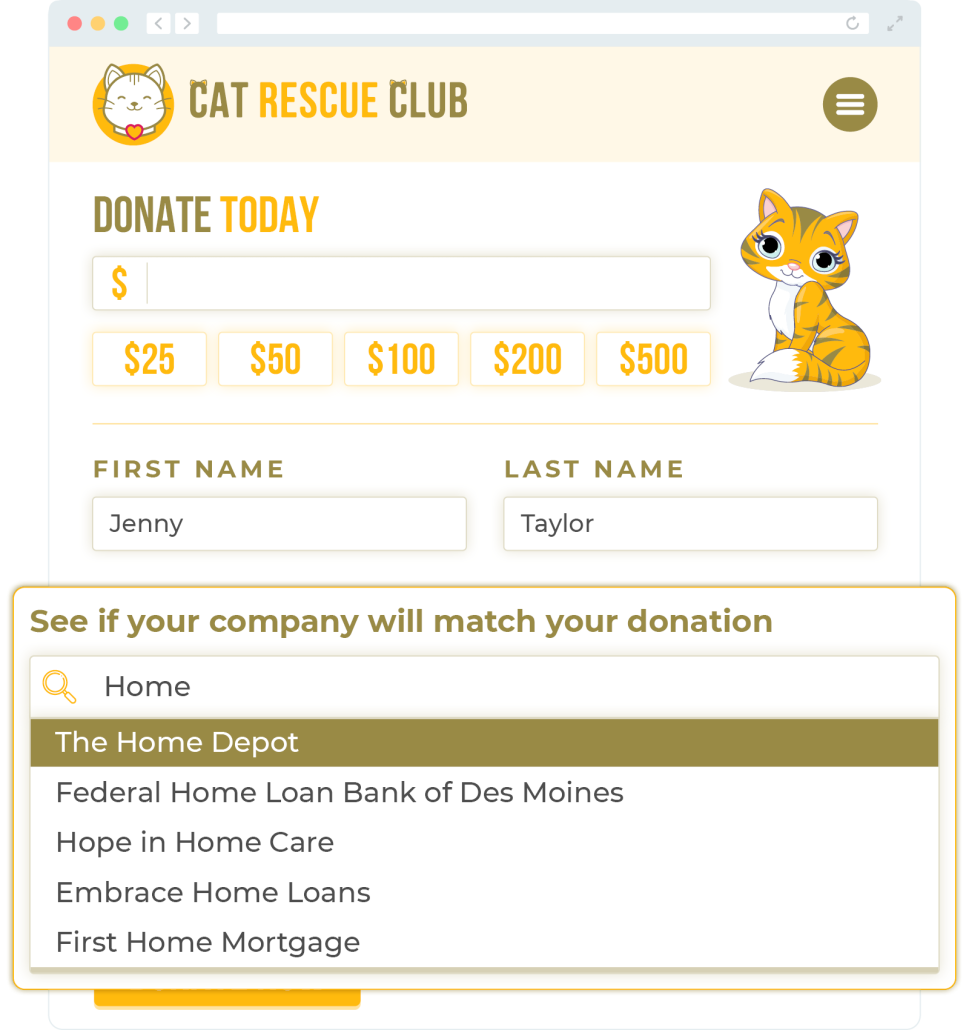
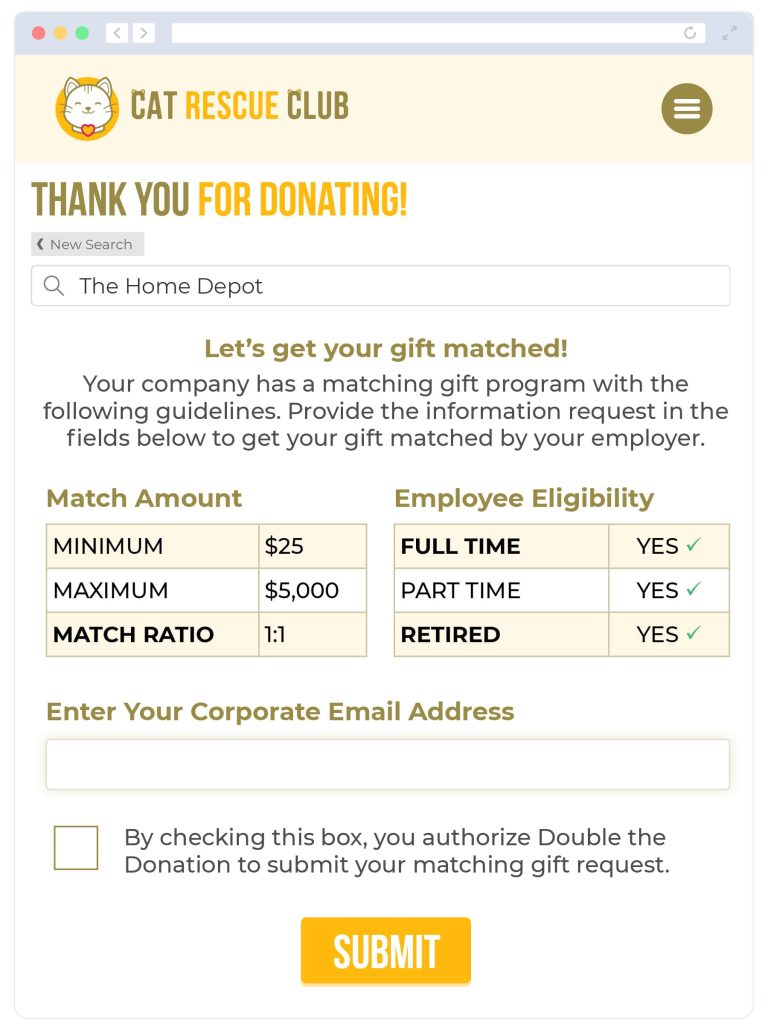
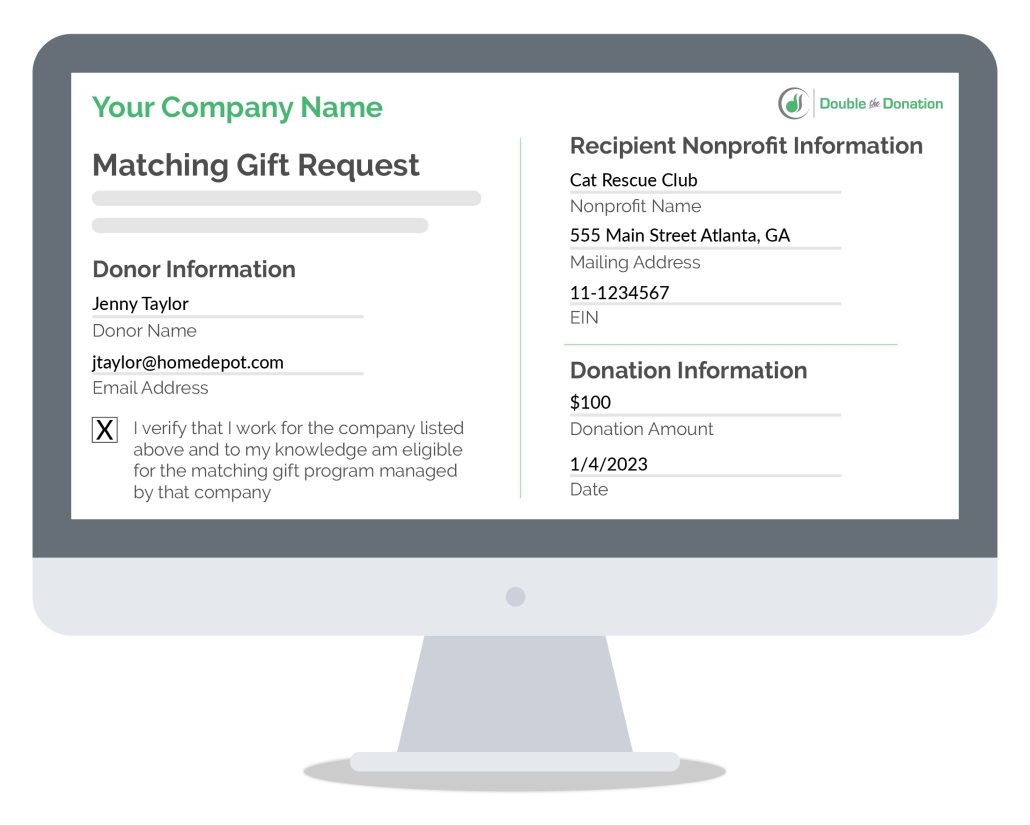

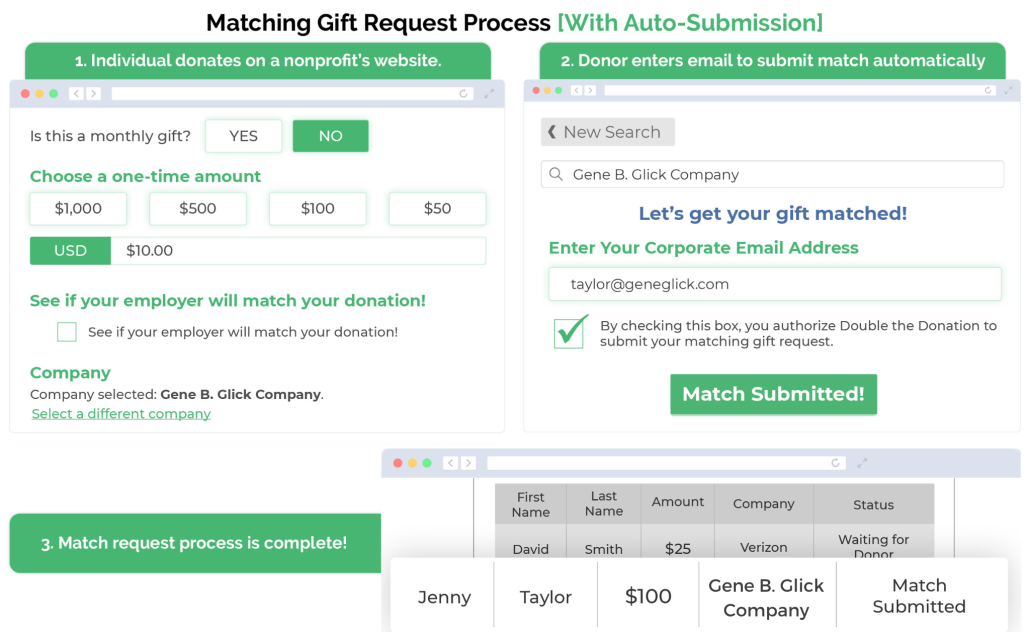

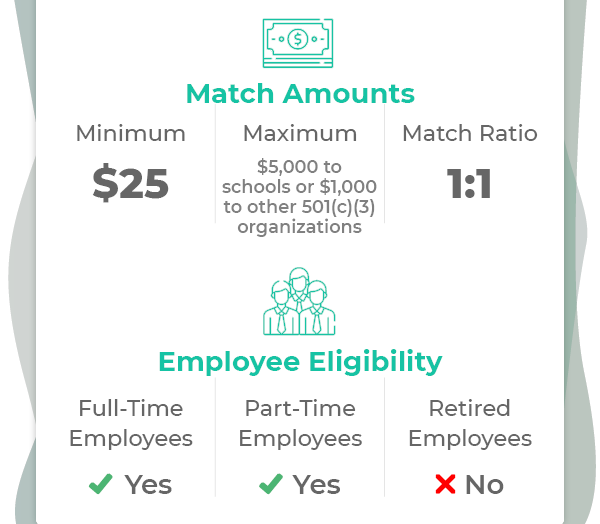
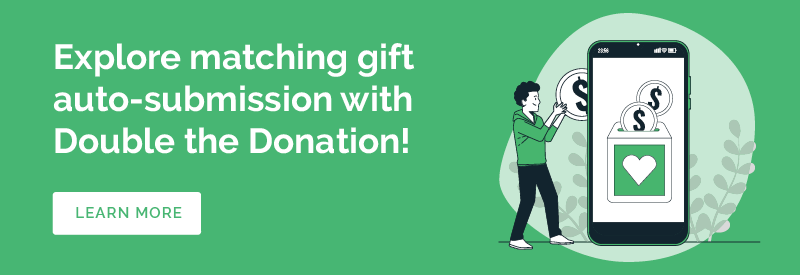


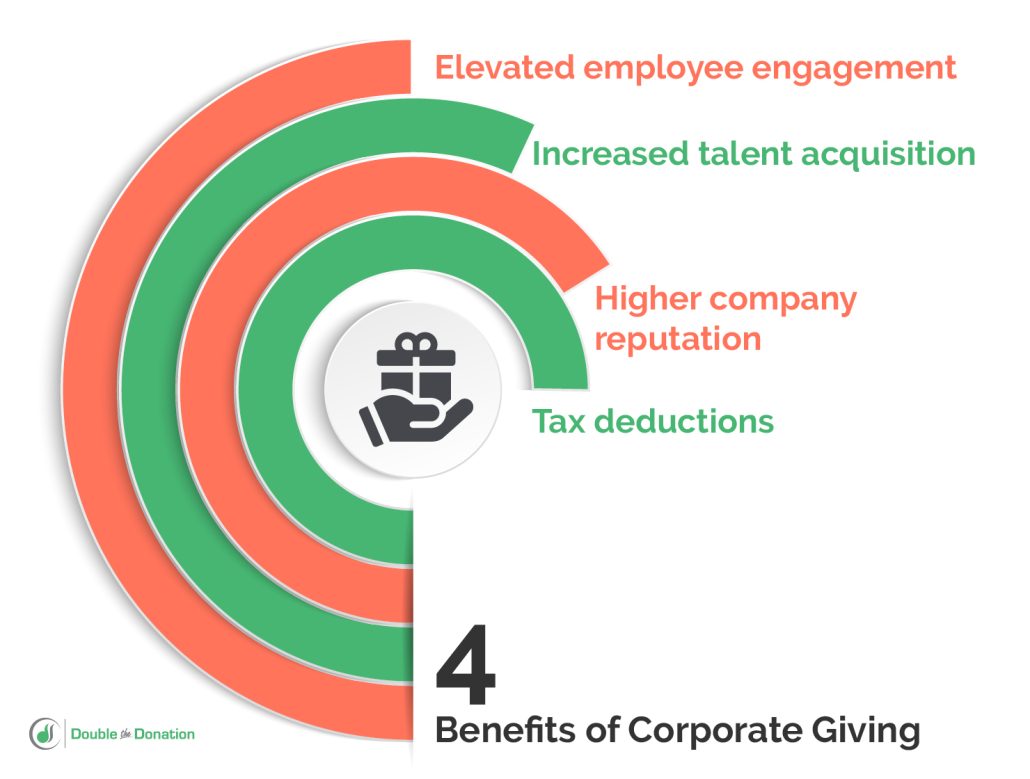
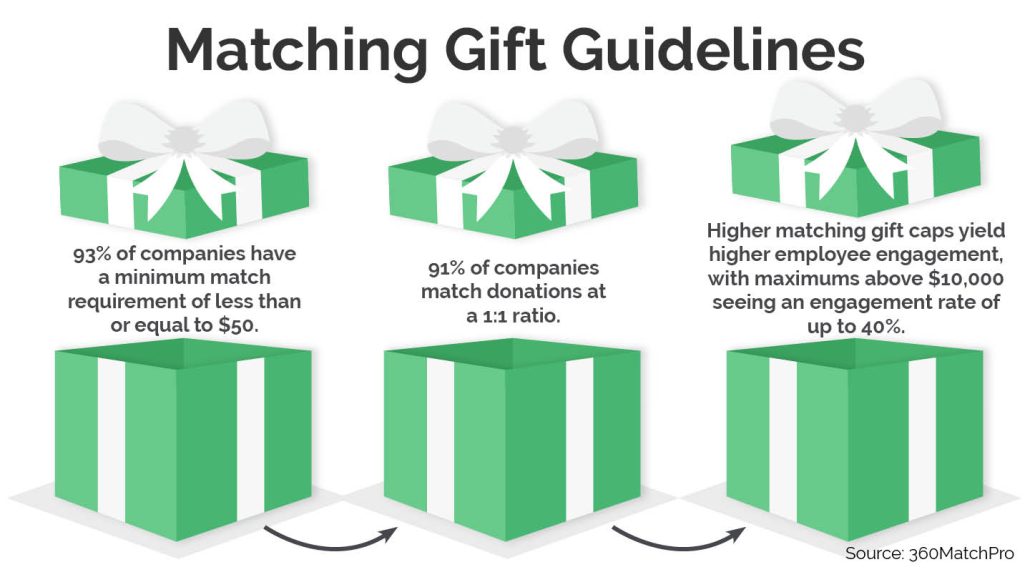

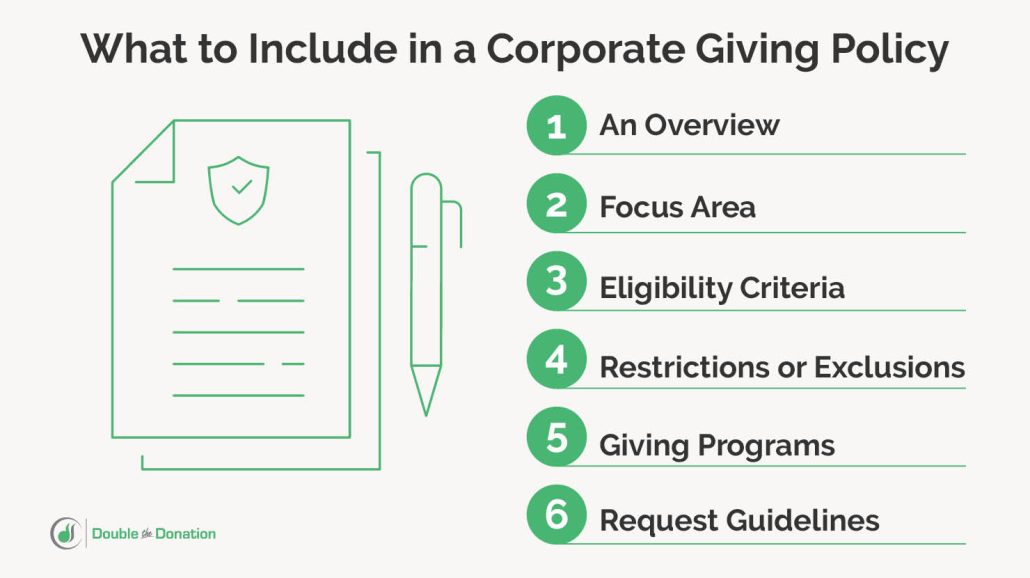
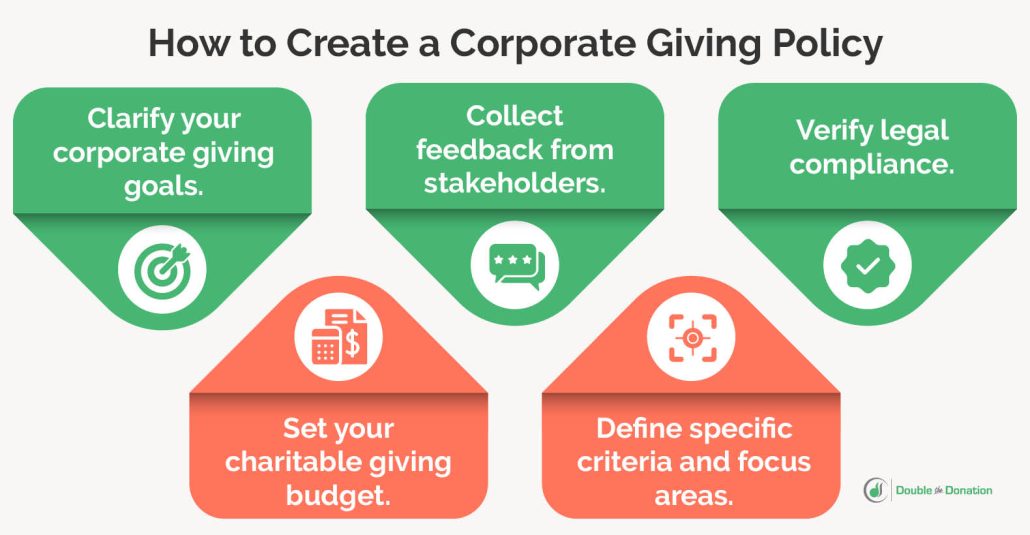
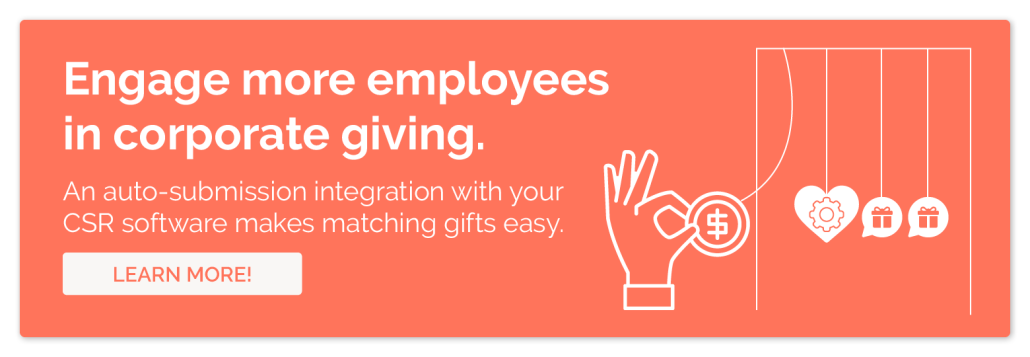


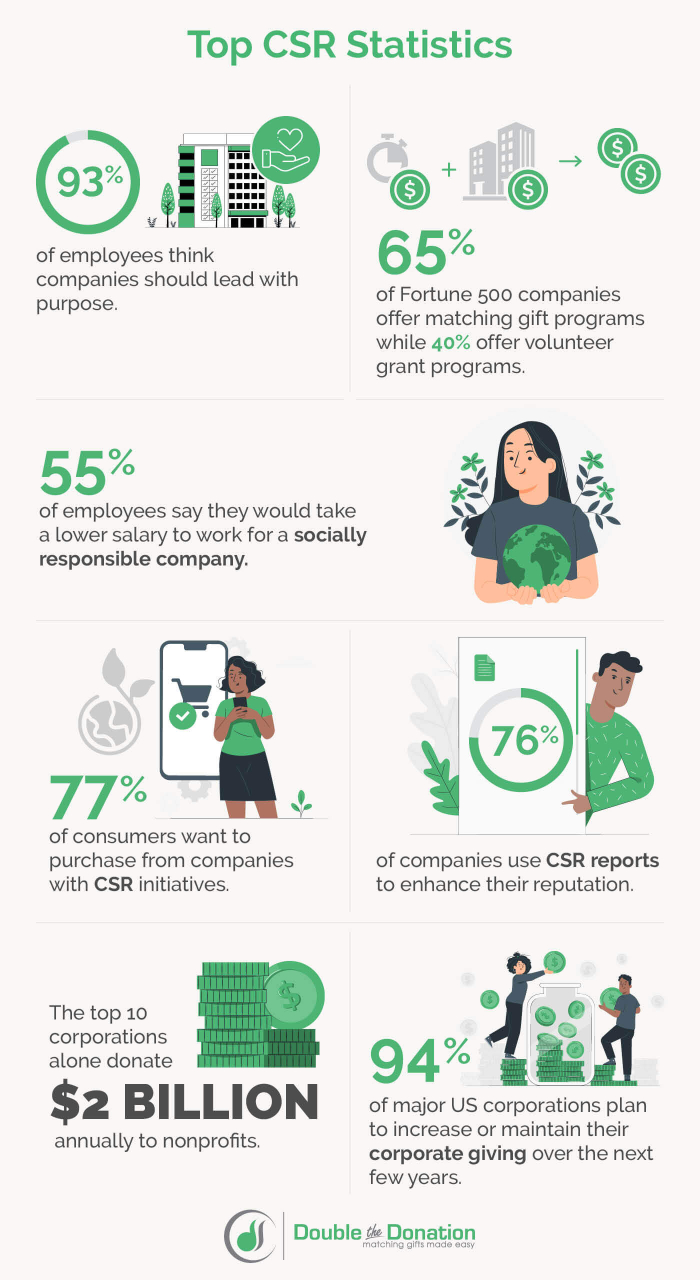
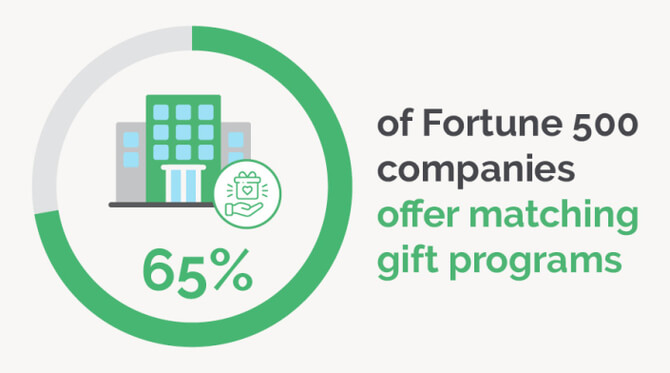
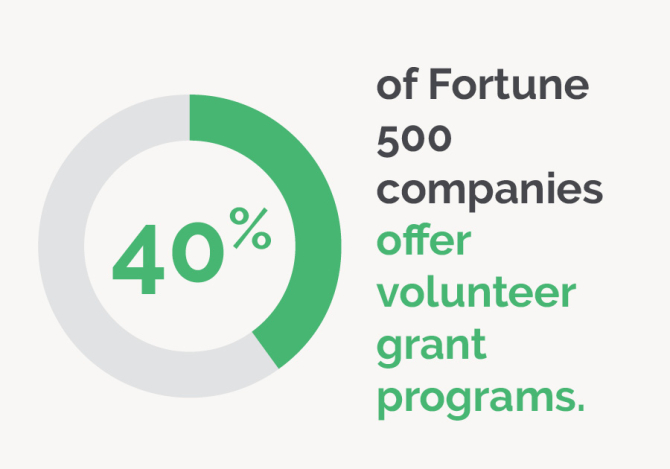
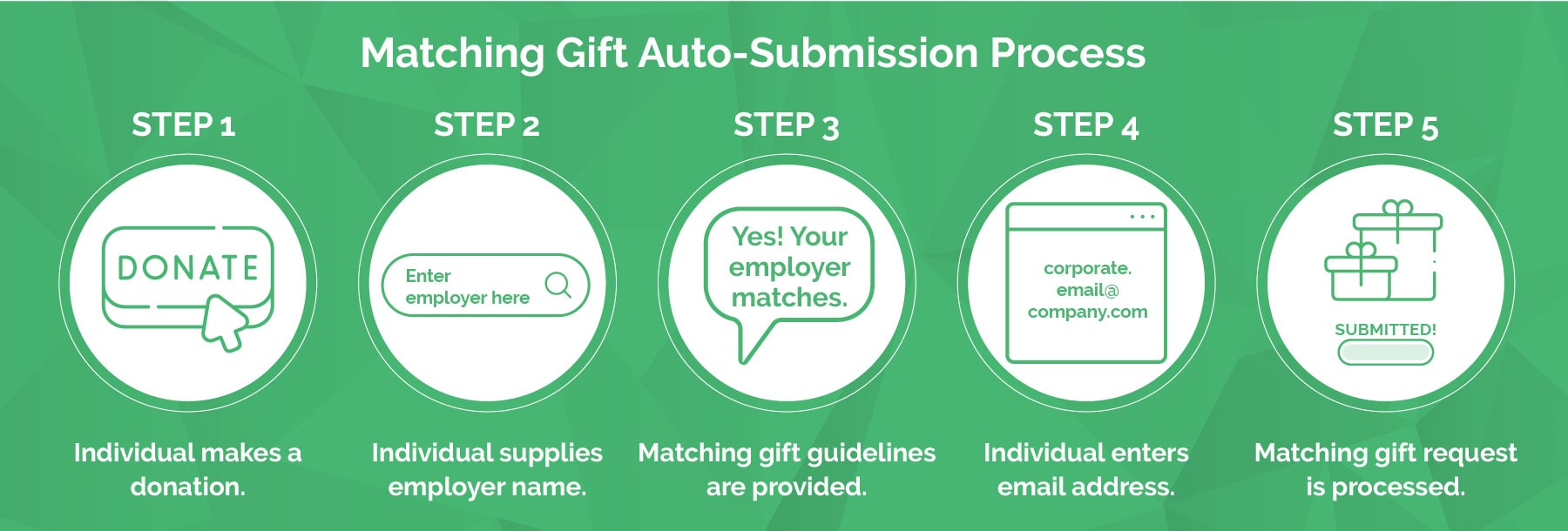
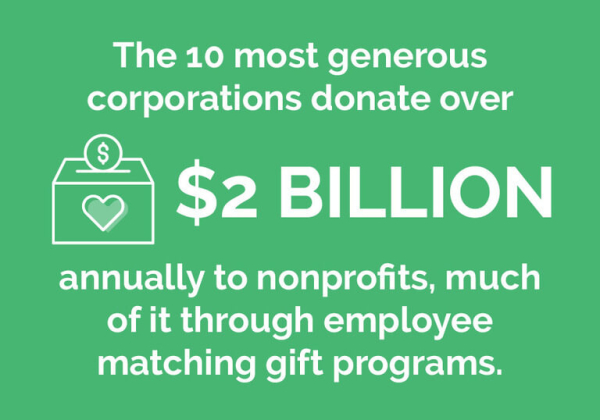
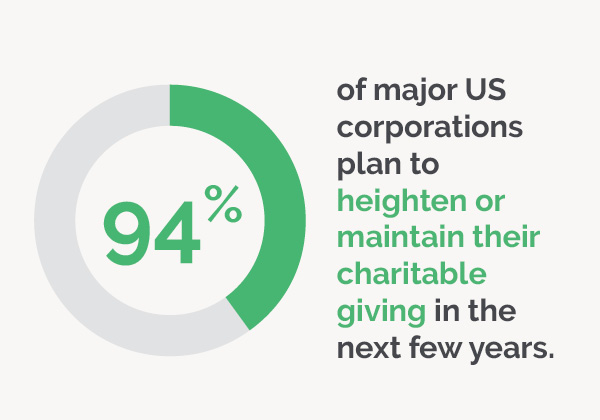


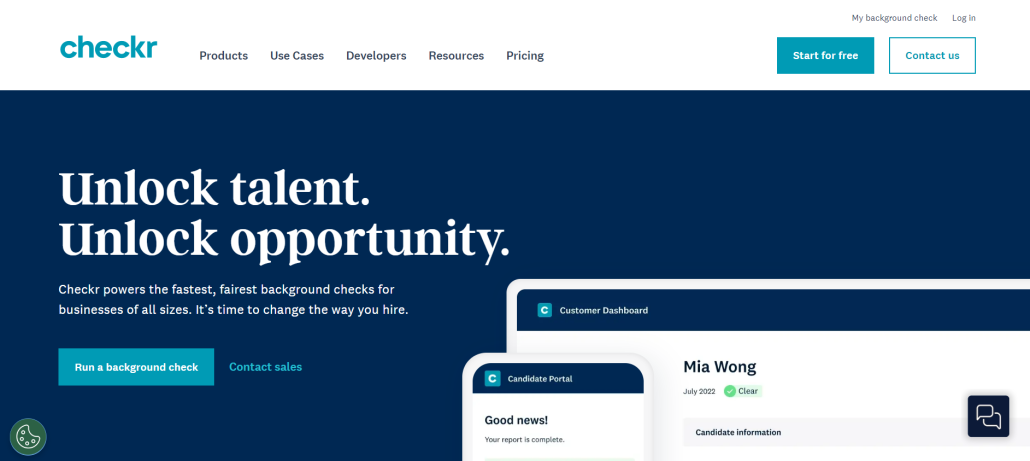
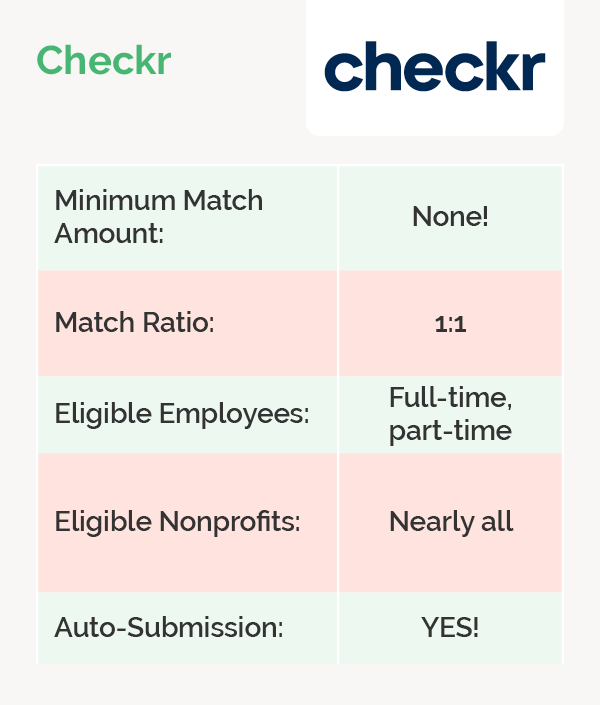
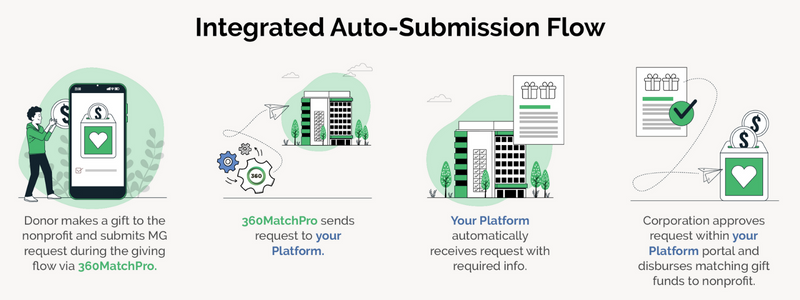

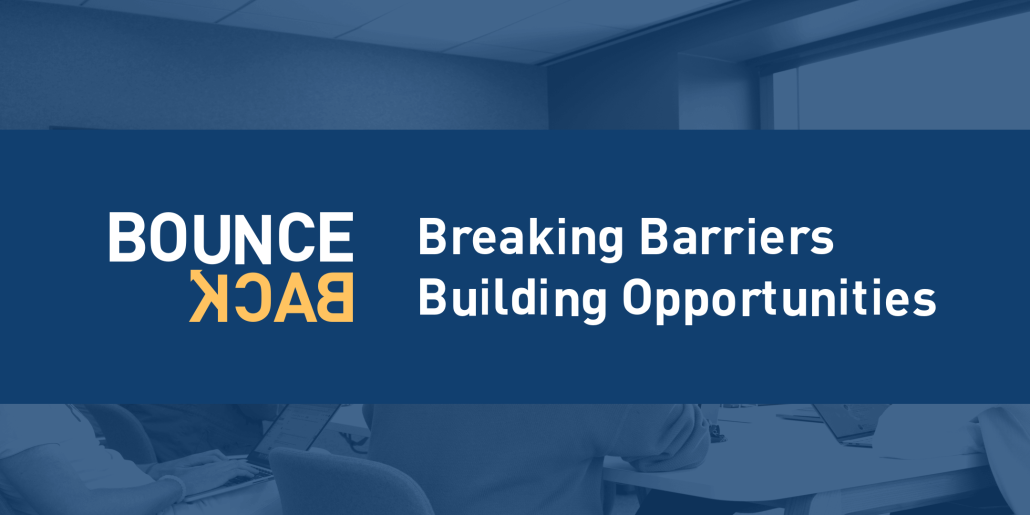


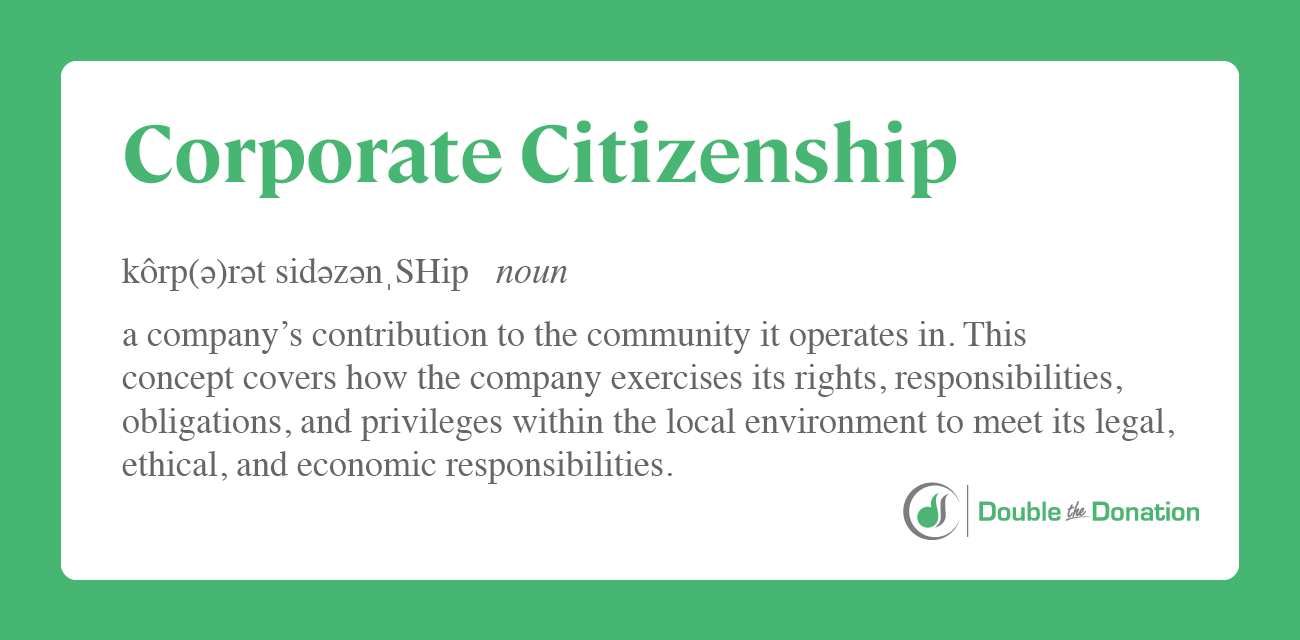
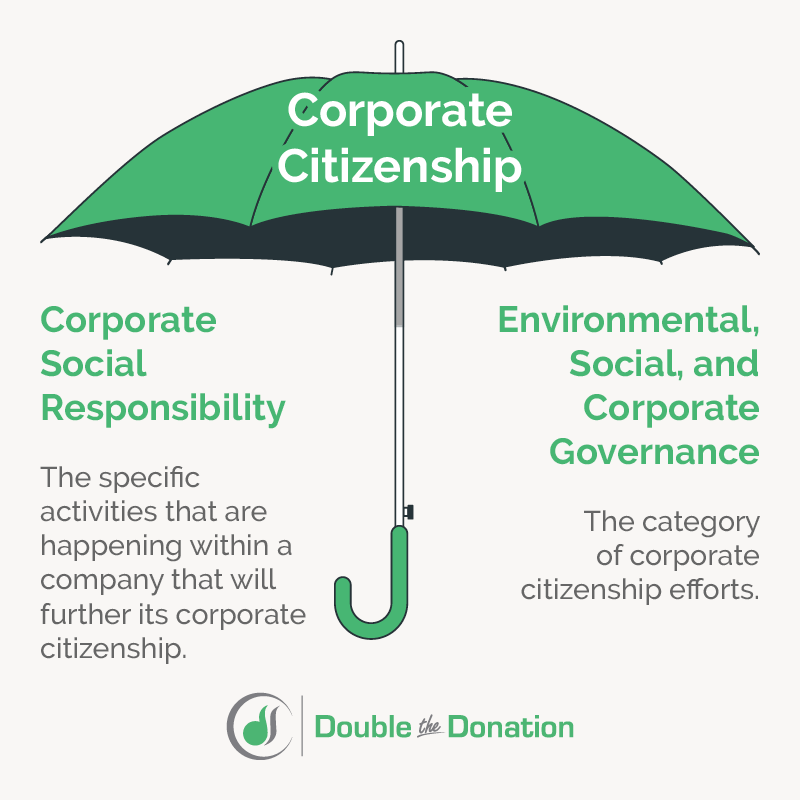
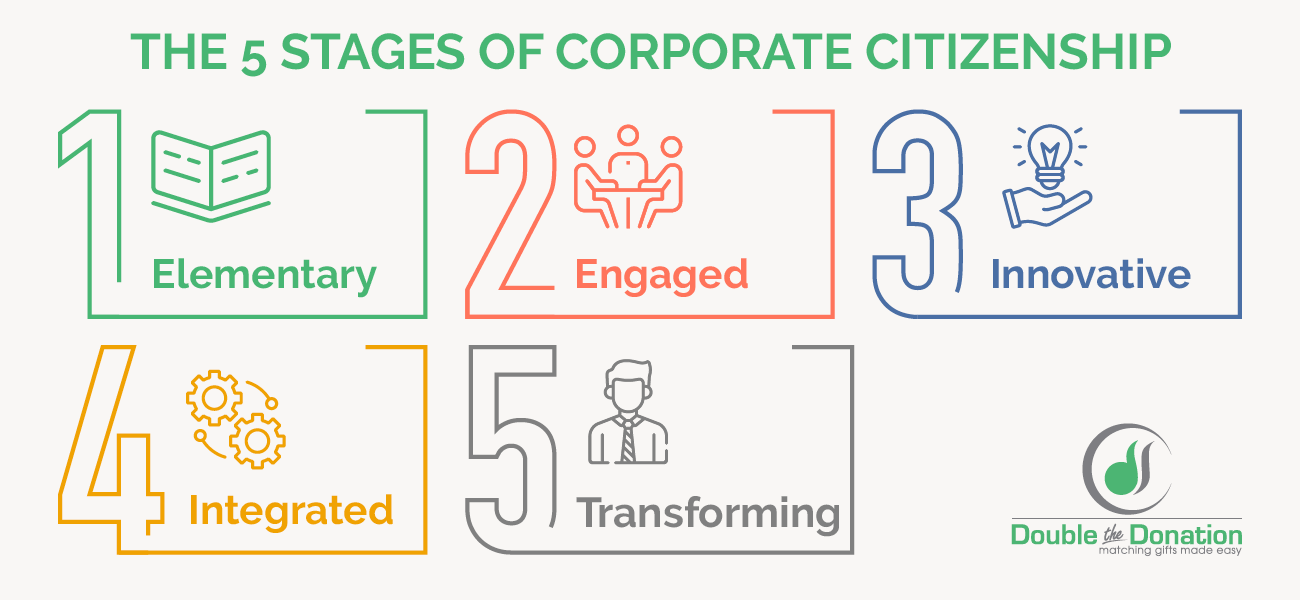

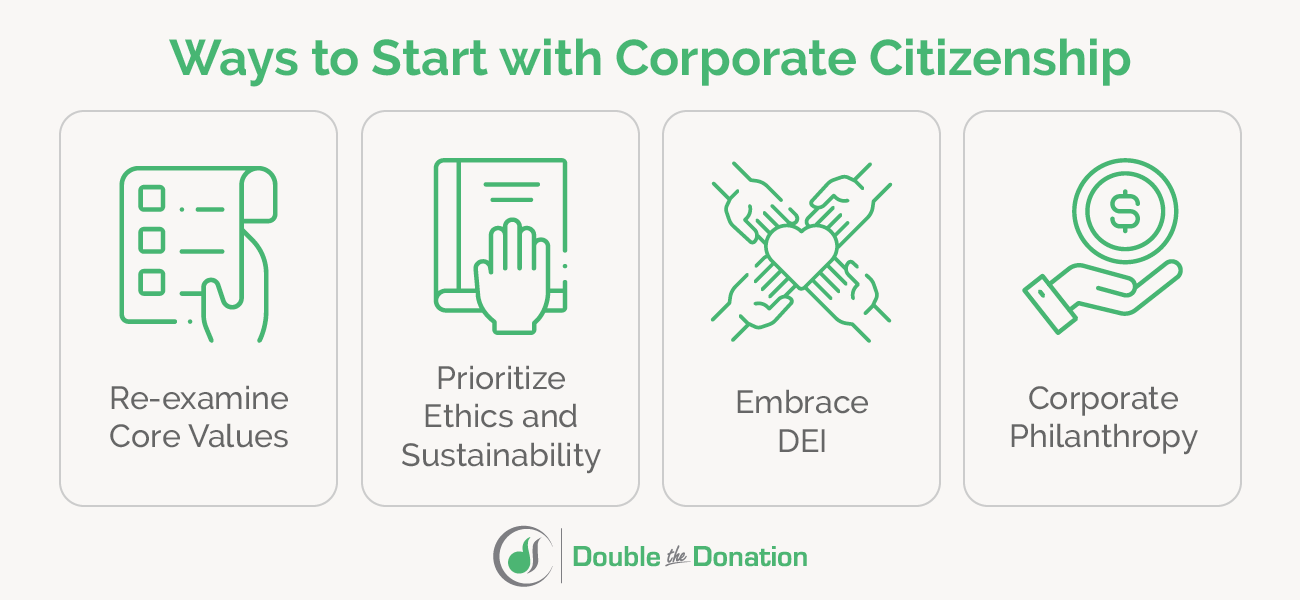


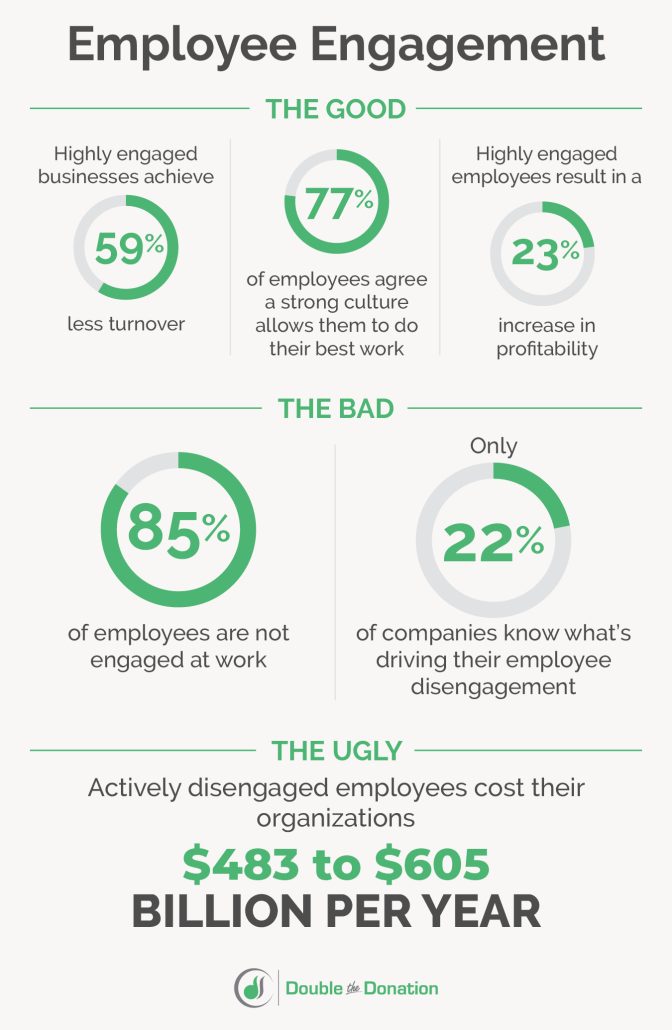
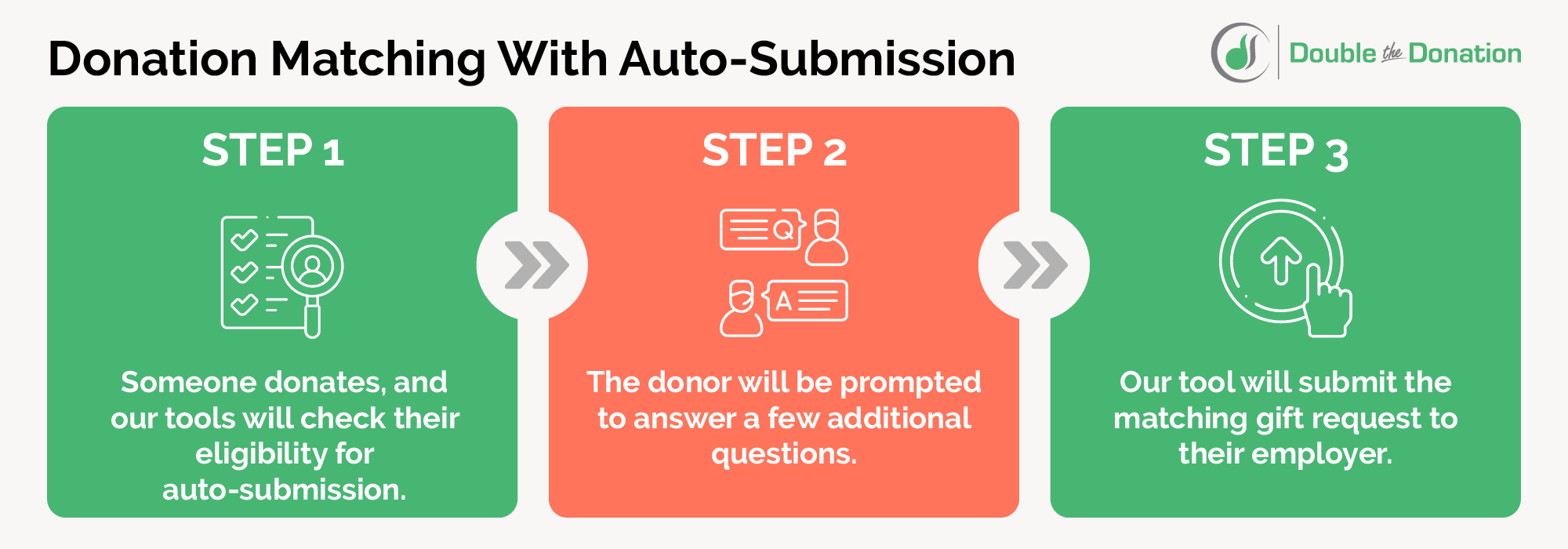



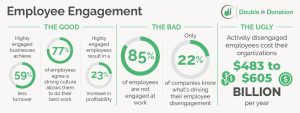
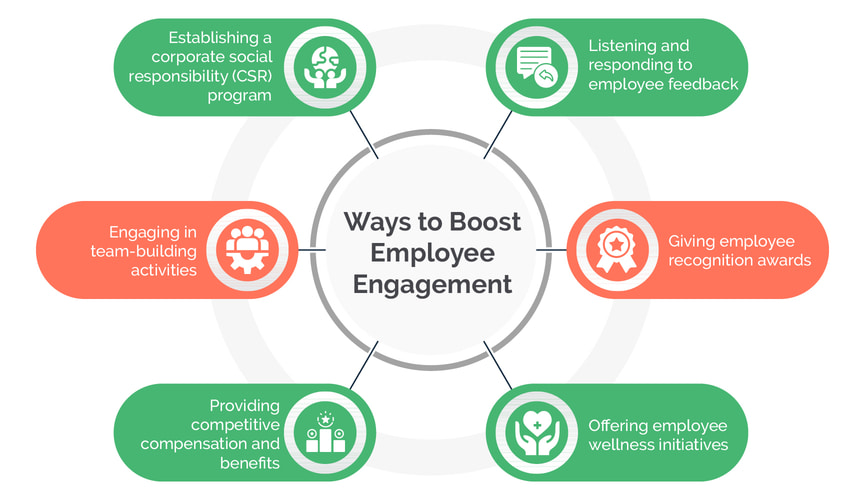
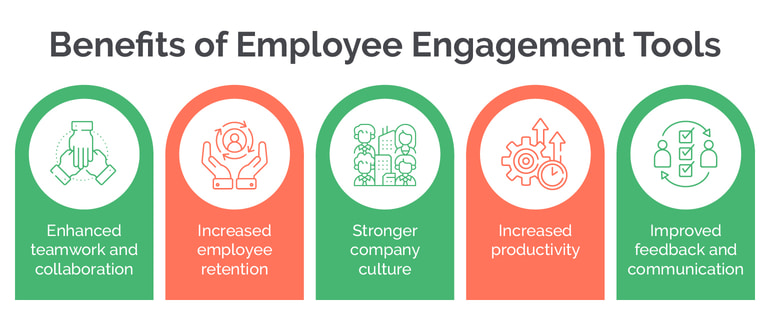
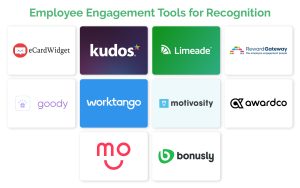

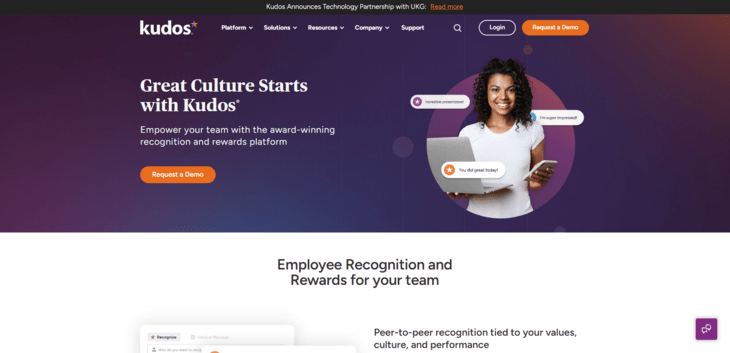
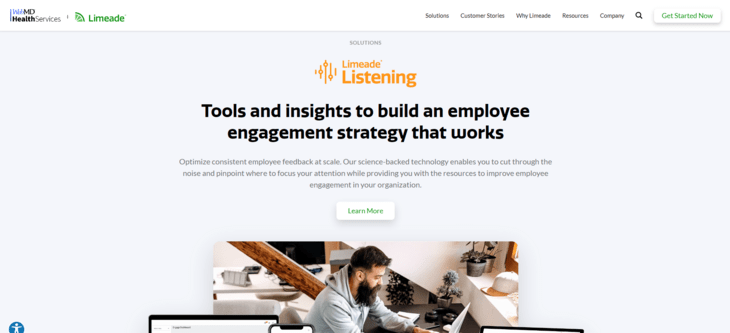
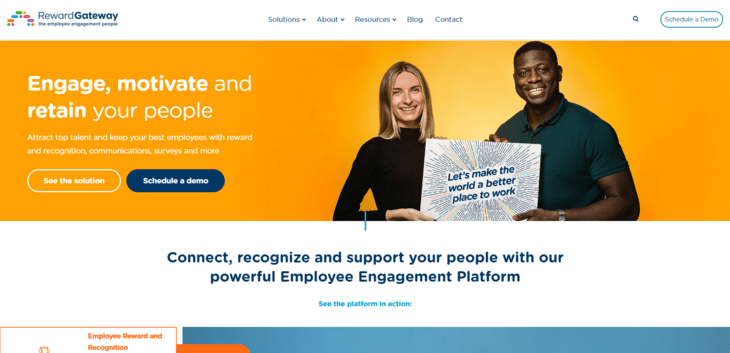
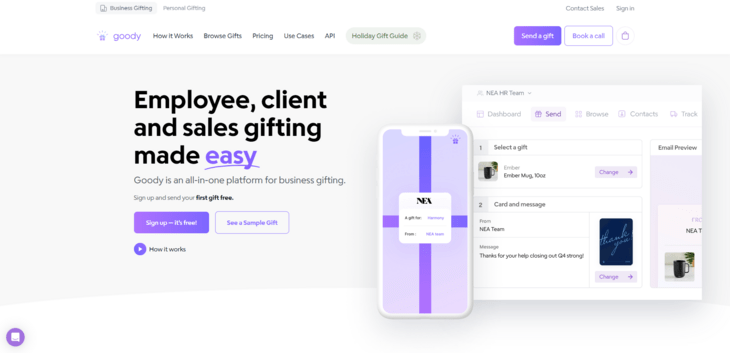
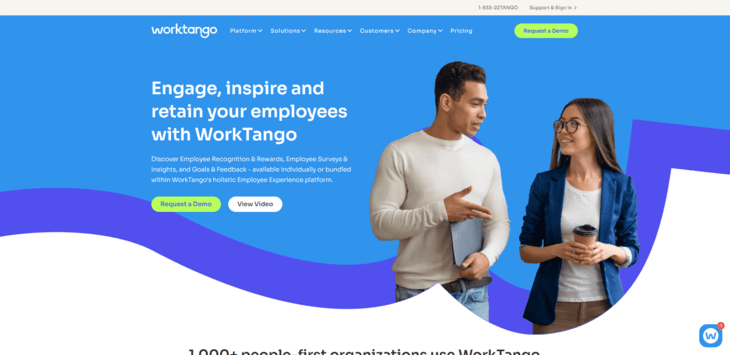
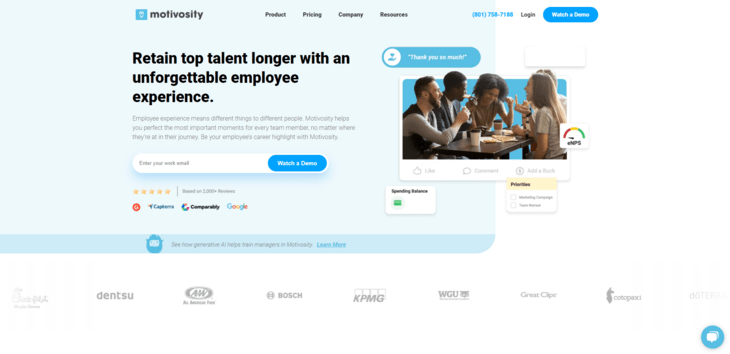
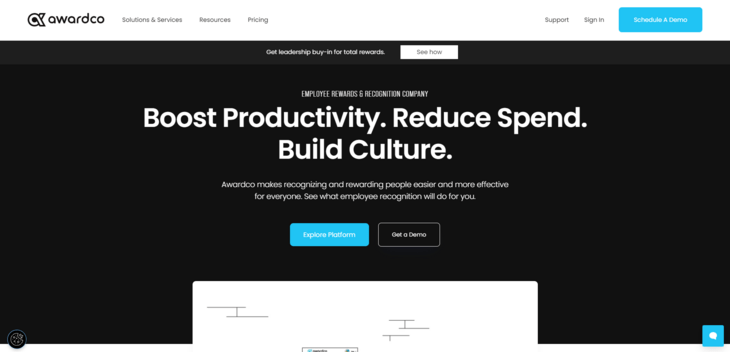
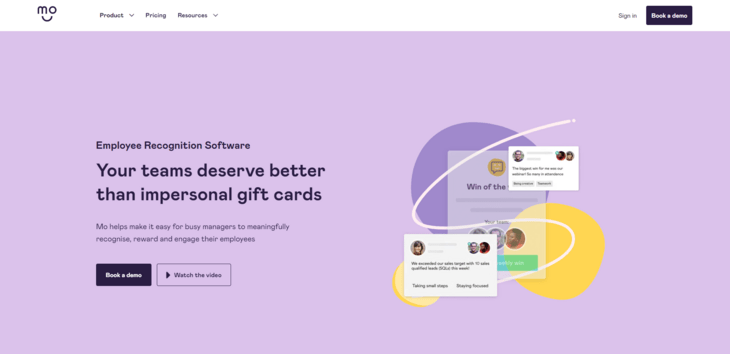
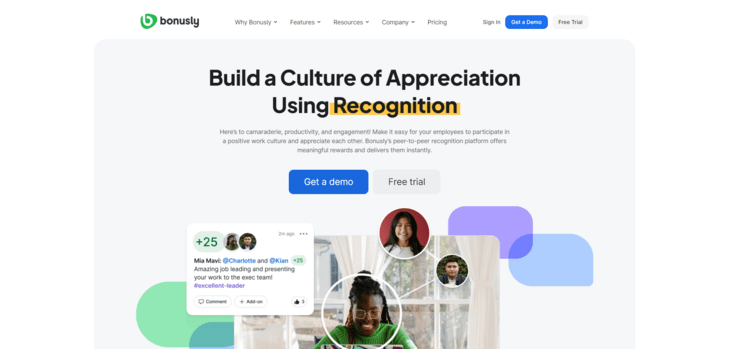
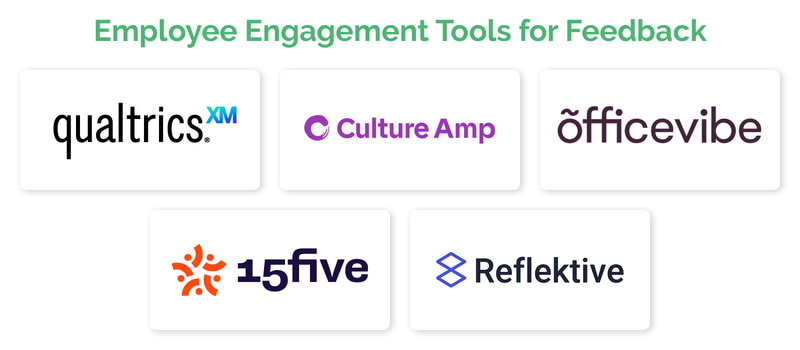
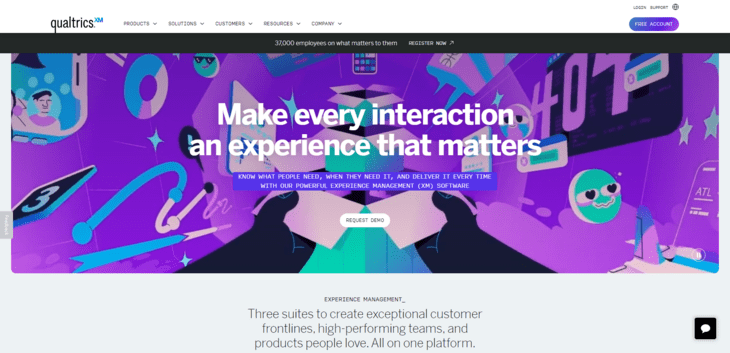
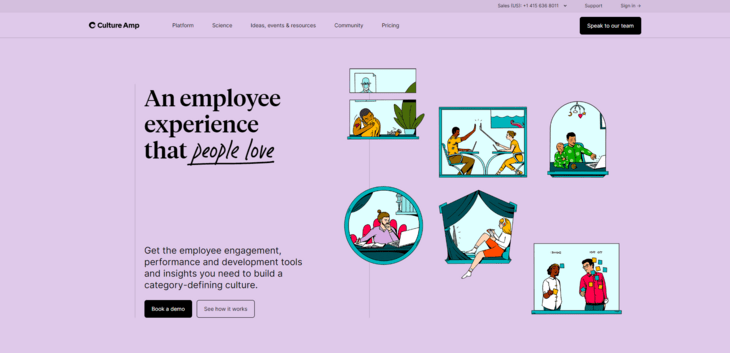
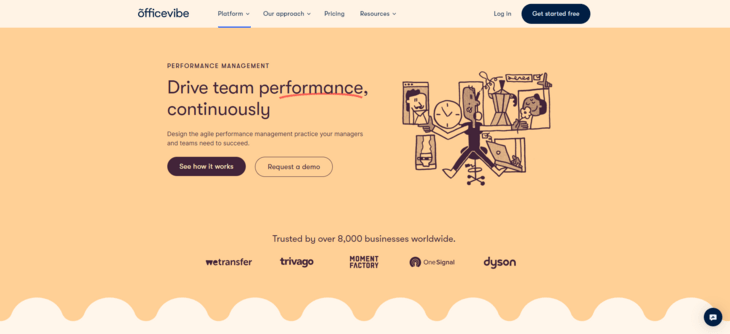
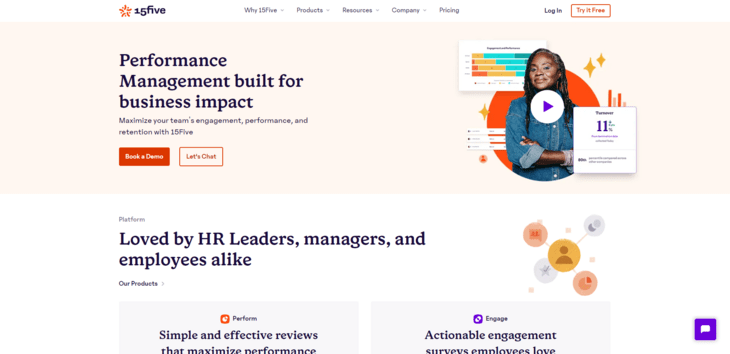
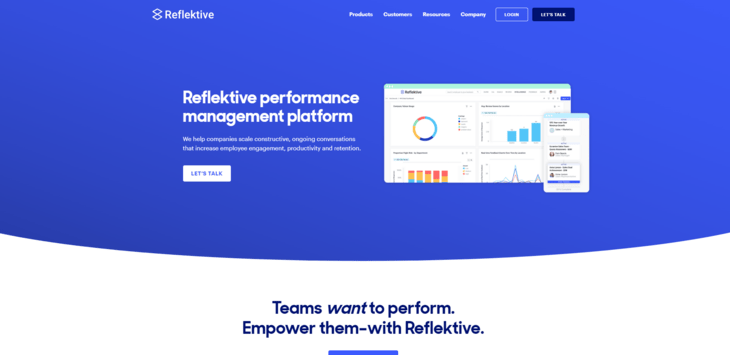
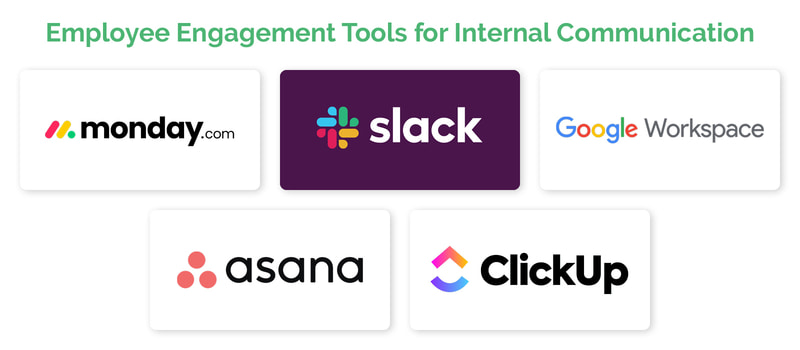
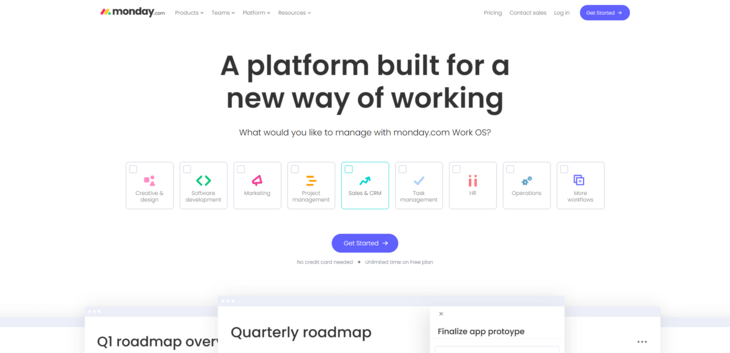
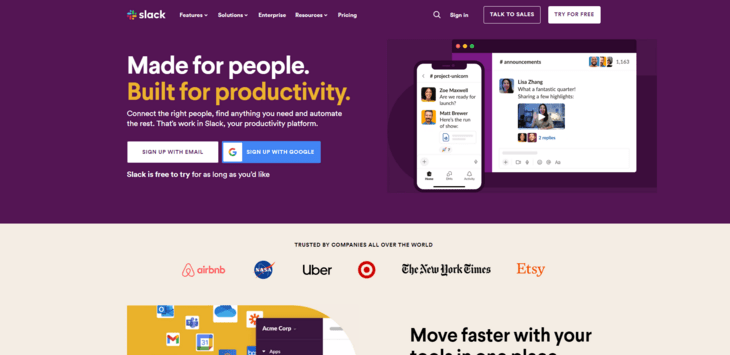
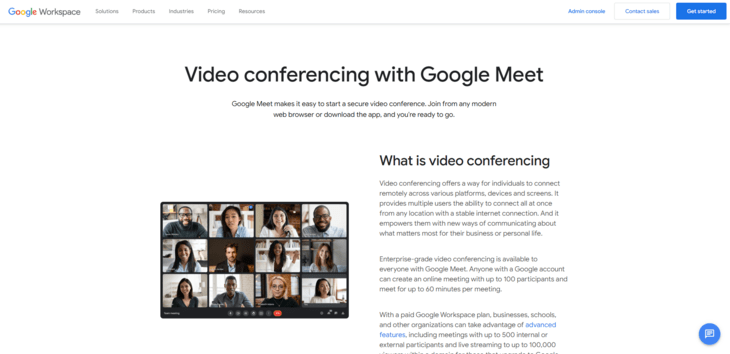
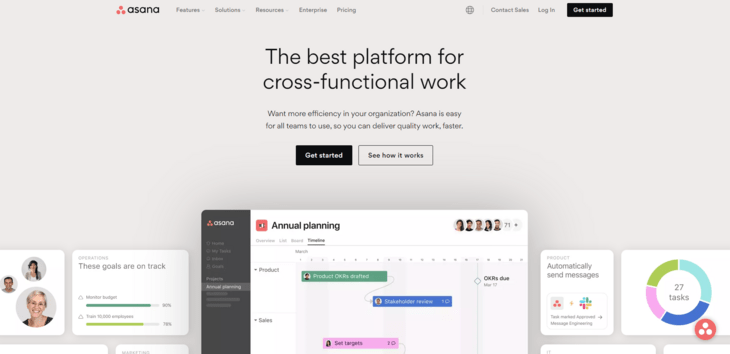
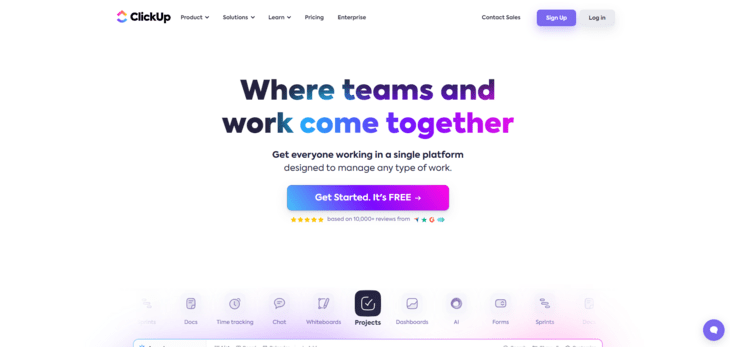

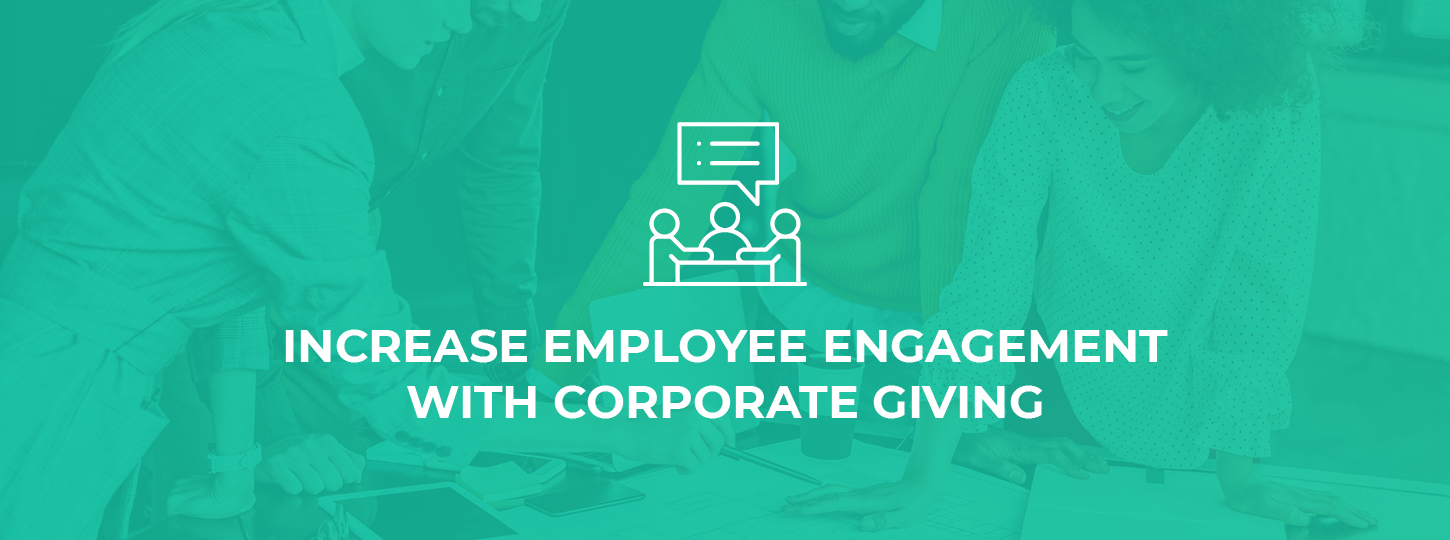









![How to start a matching gift program [for companies]](https://doublethedonation.com/wp-content/uploads/2022/08/DTD_How-to-Start-a-Matching-Gift-Program-For-Companies_Feature.jpg)

